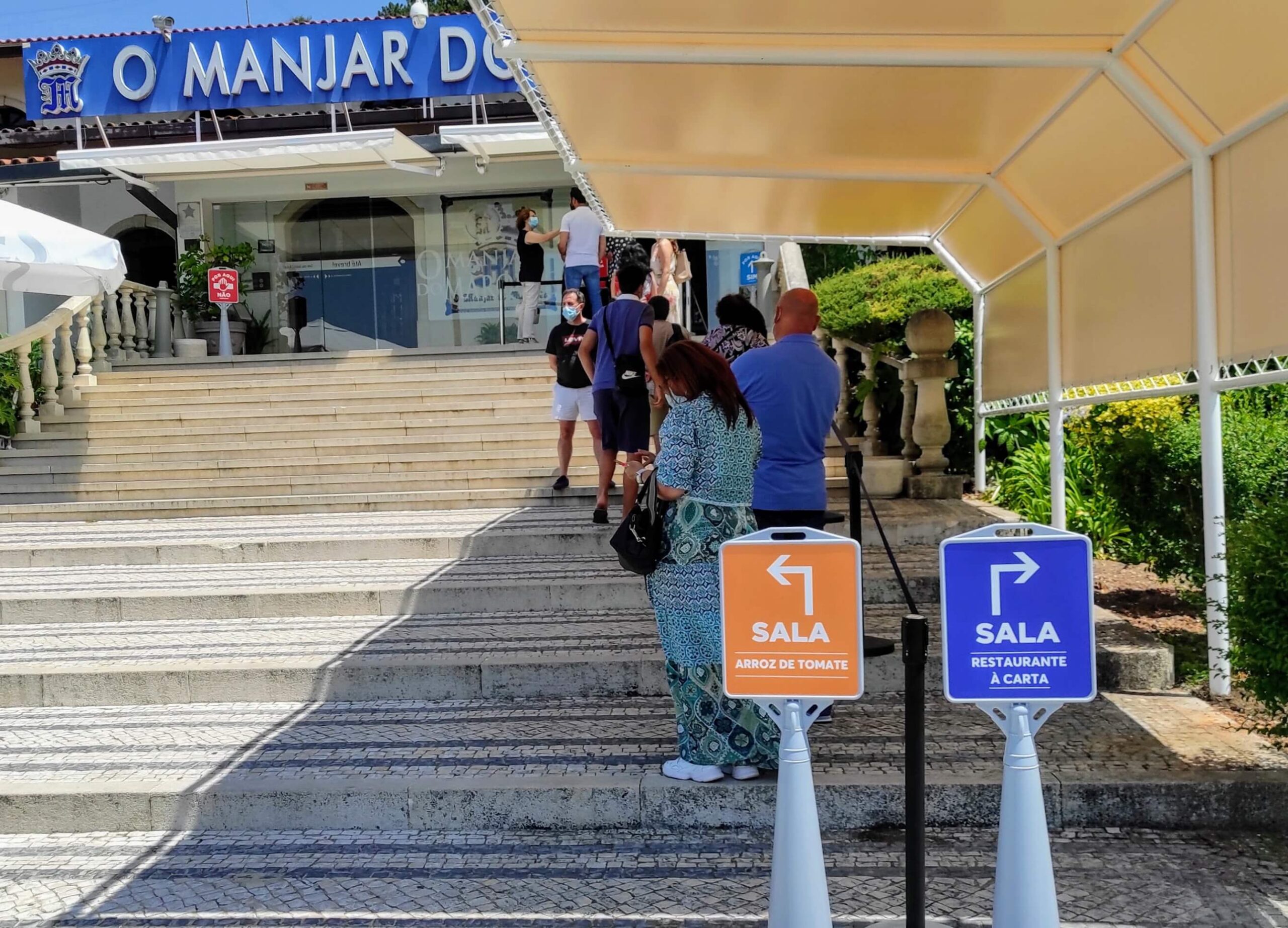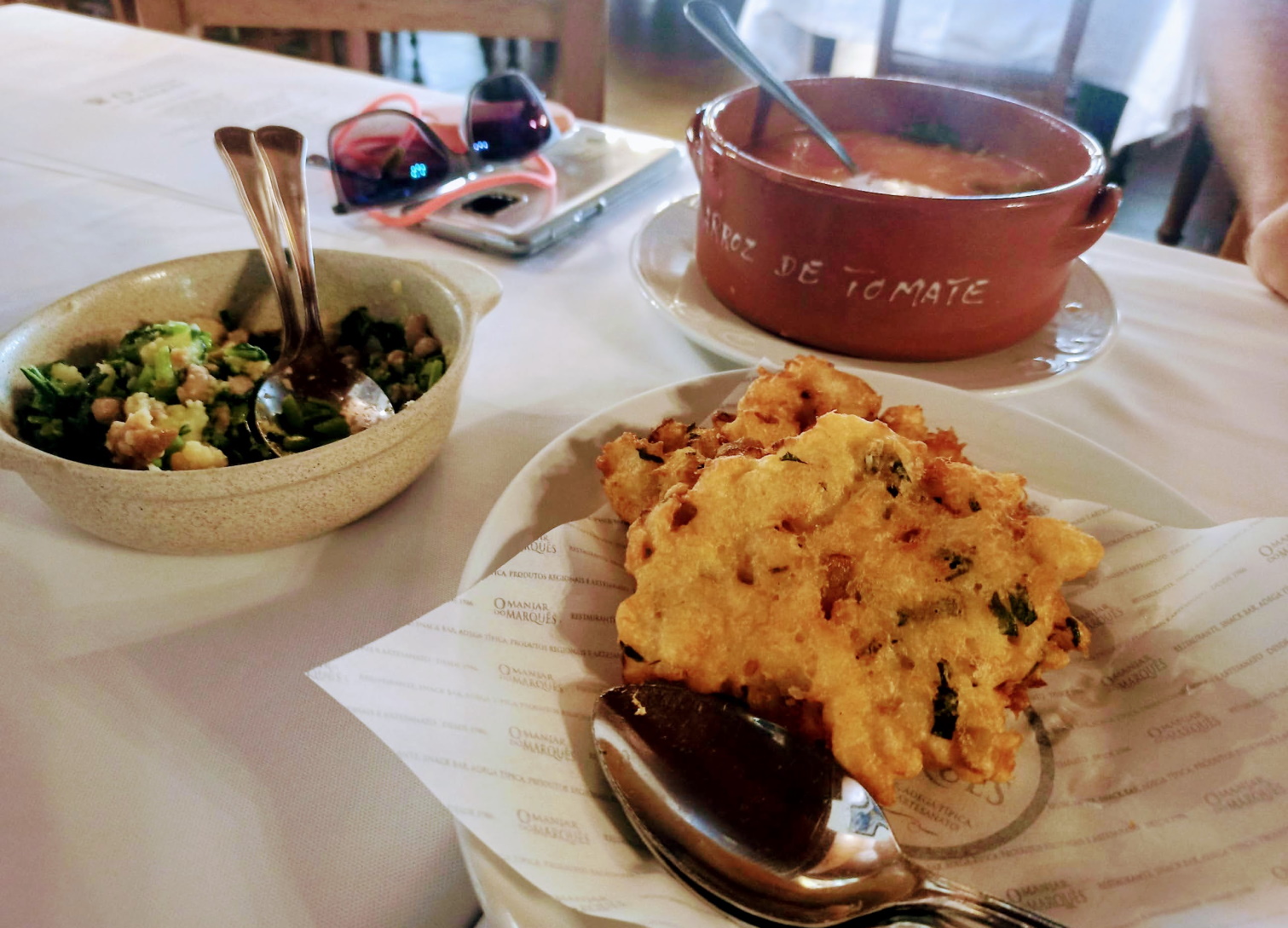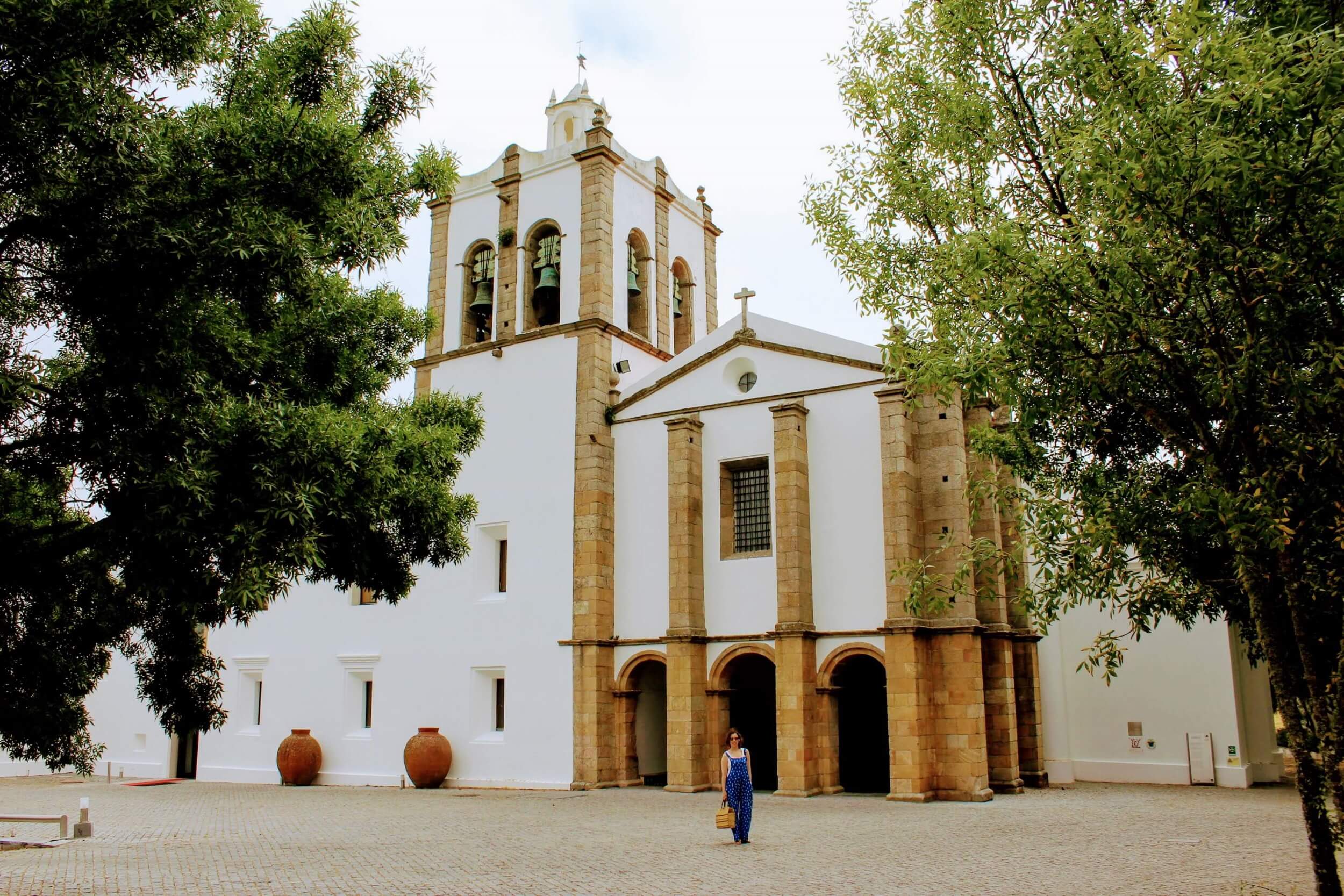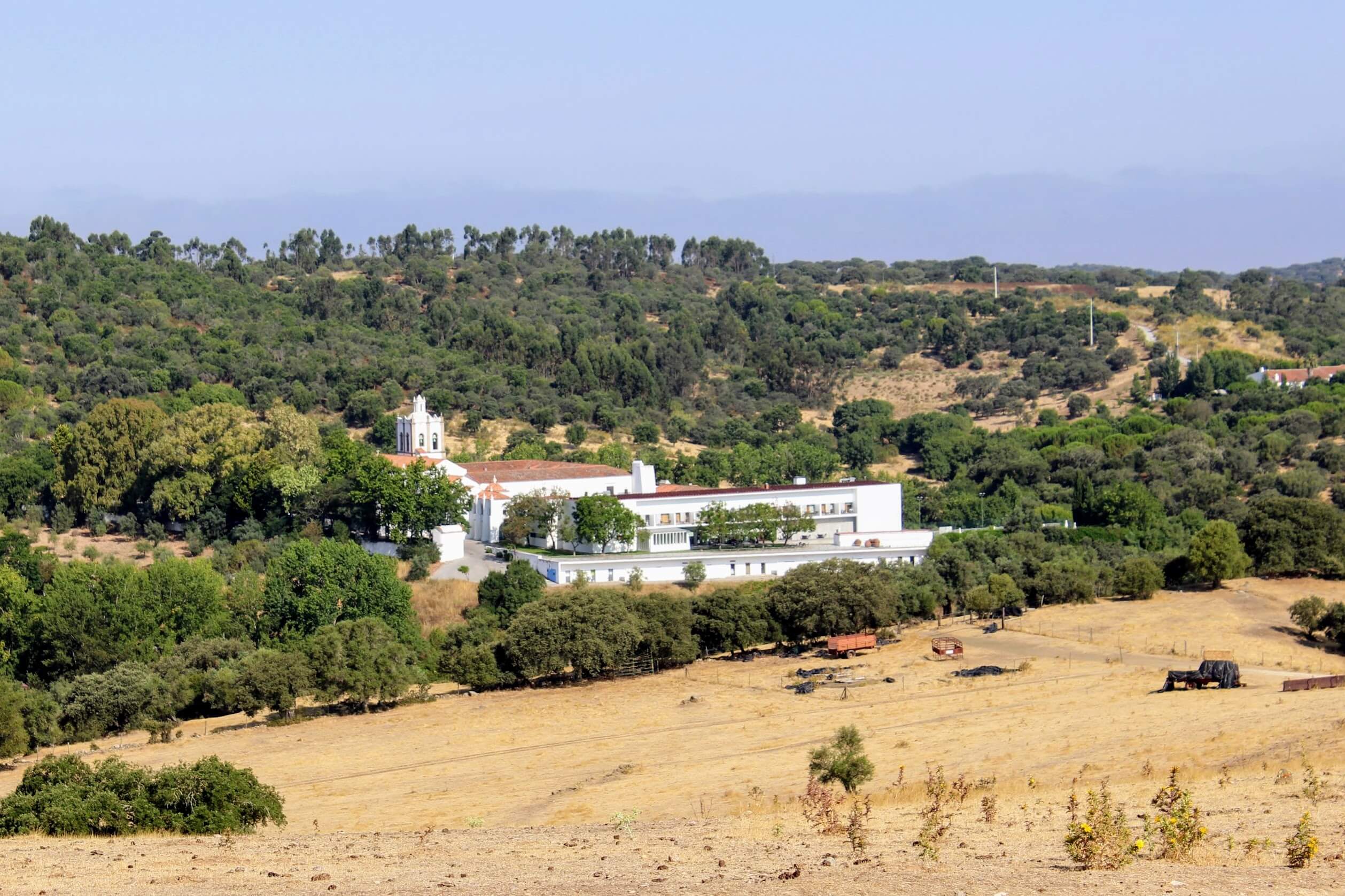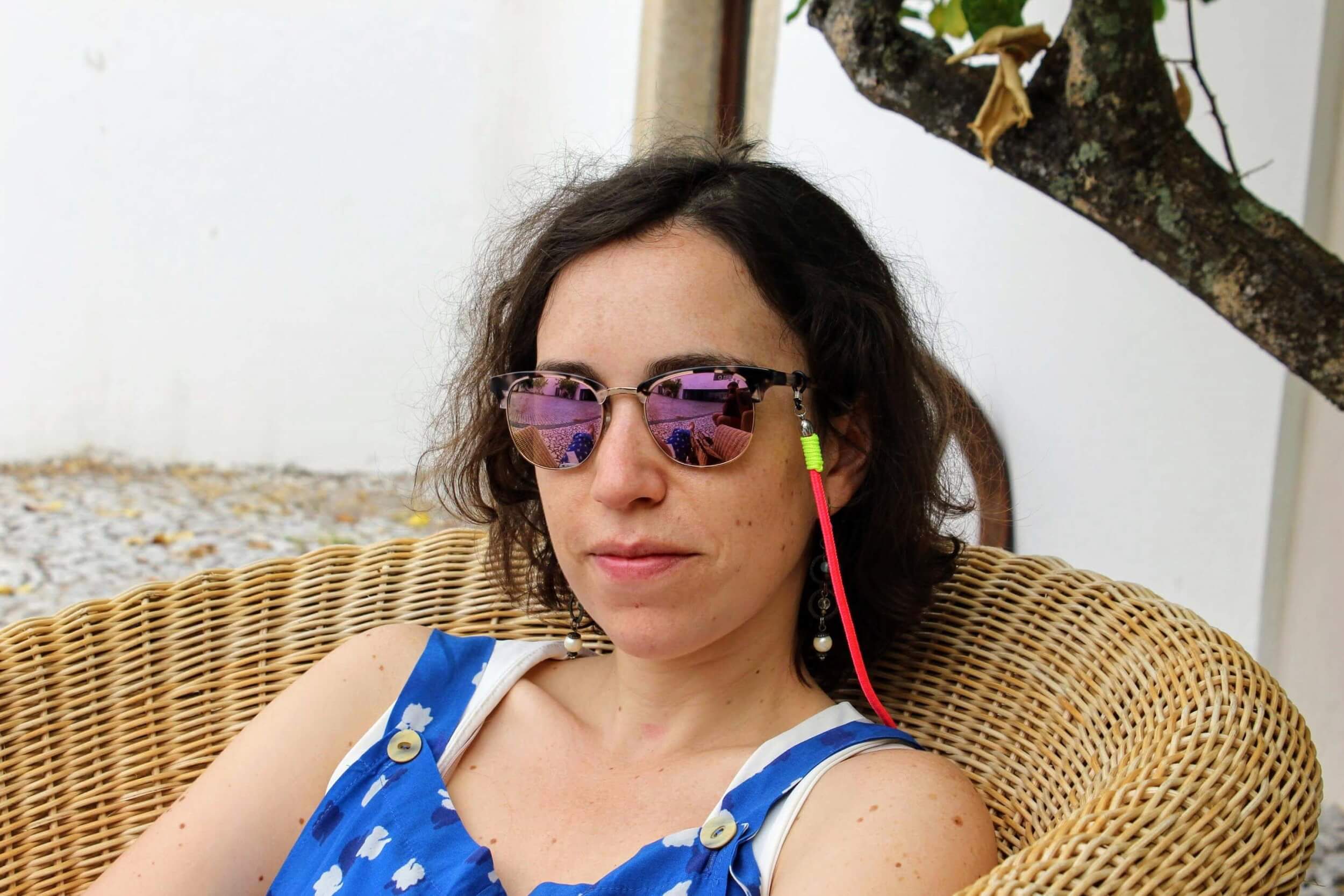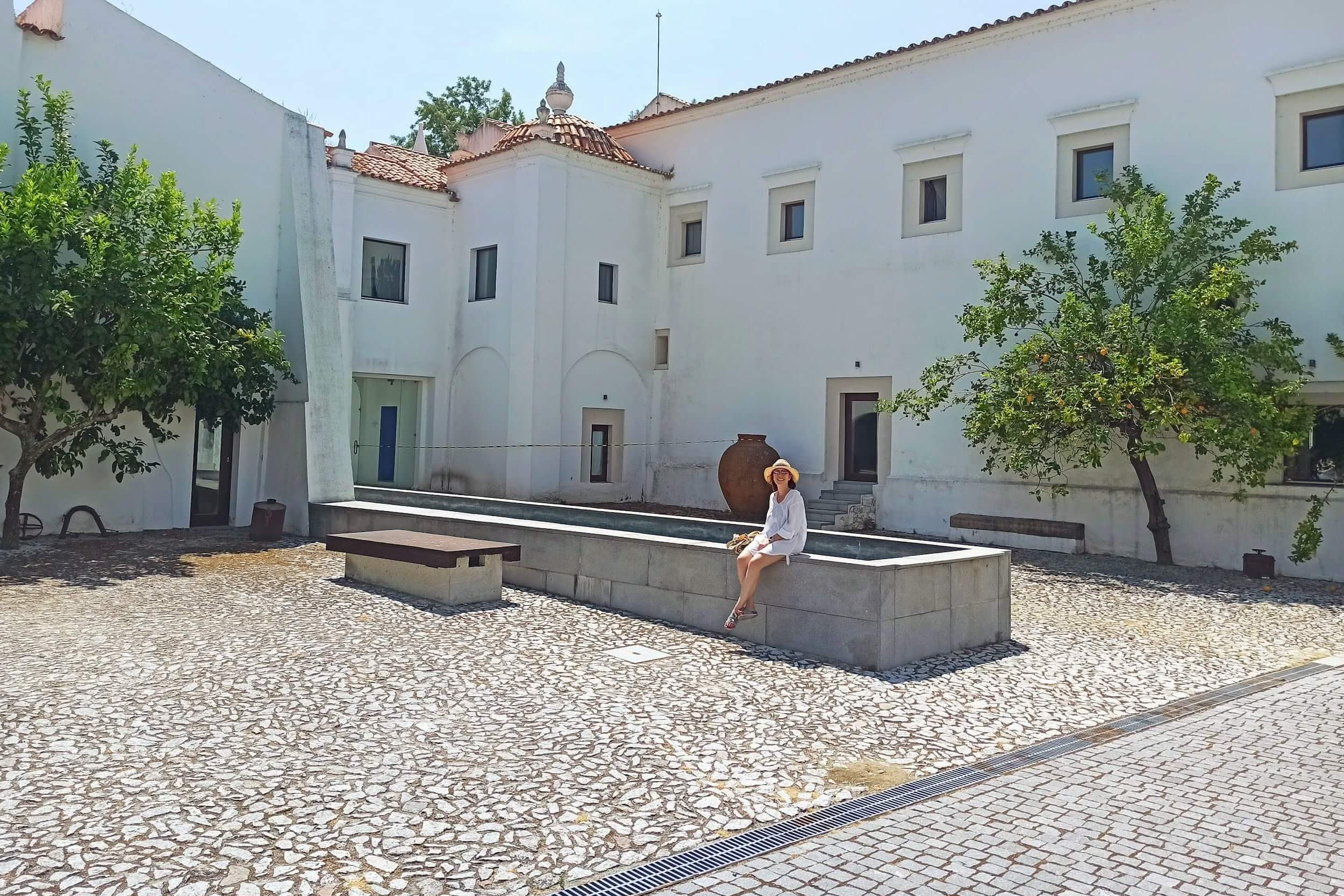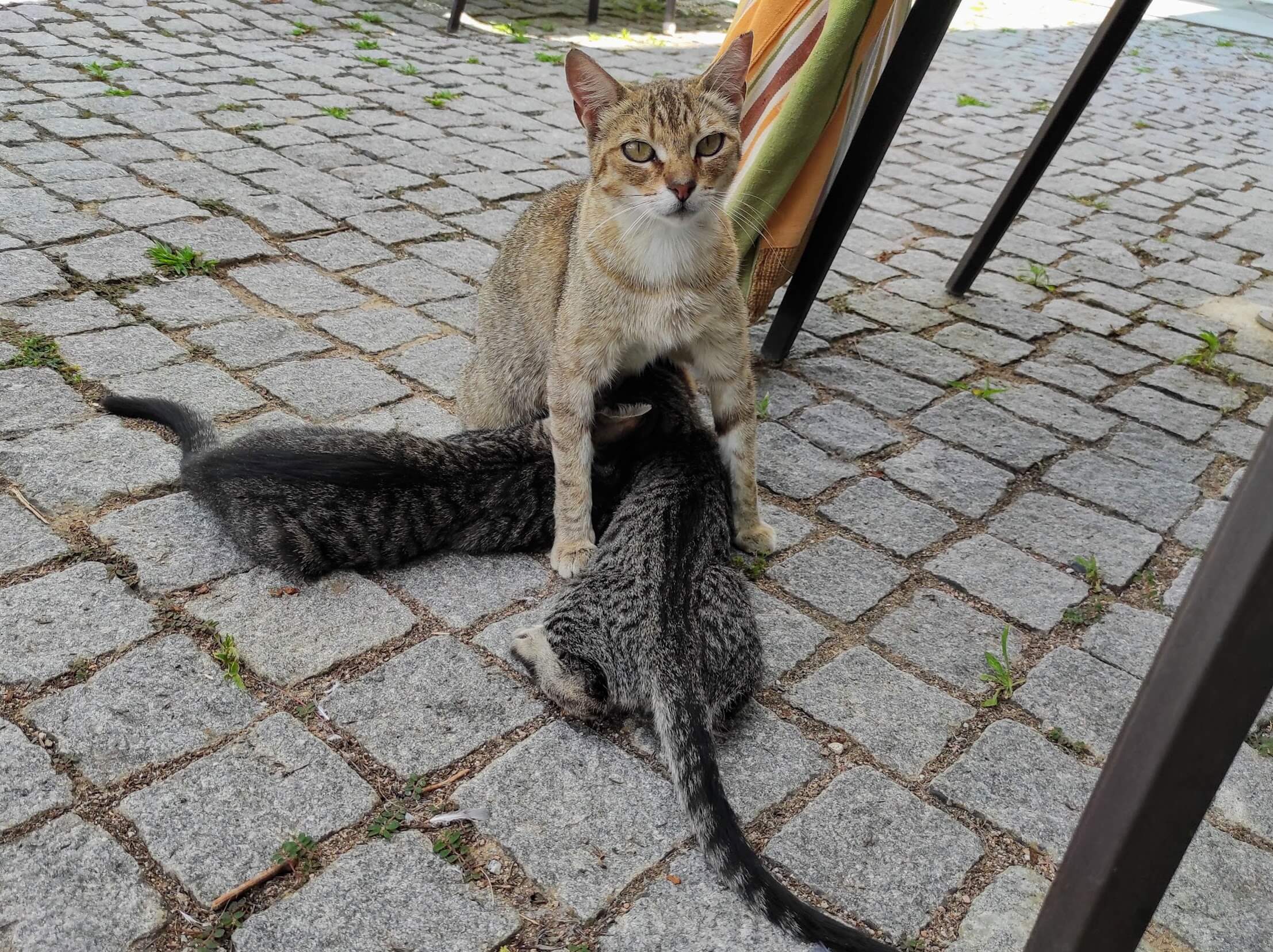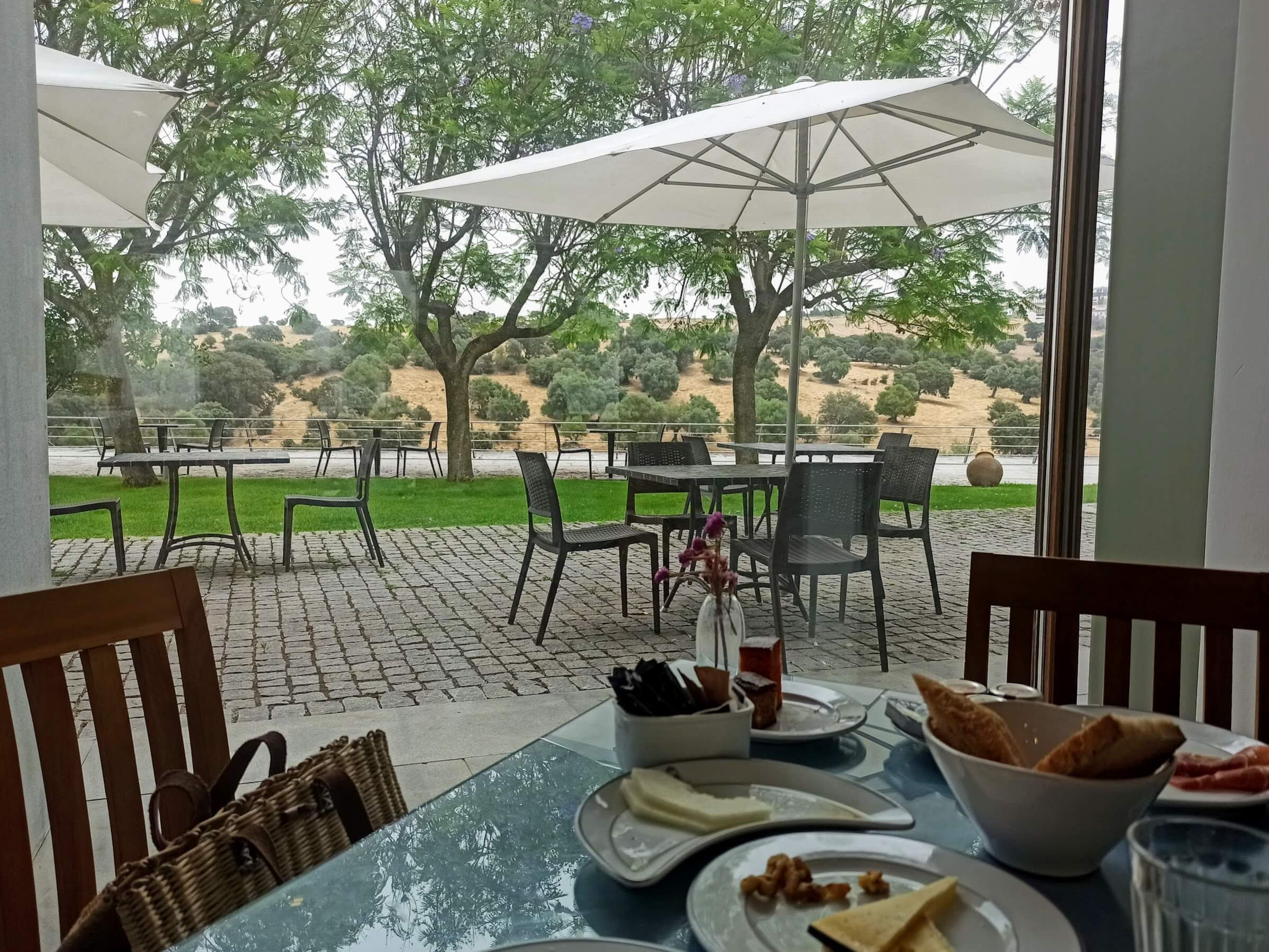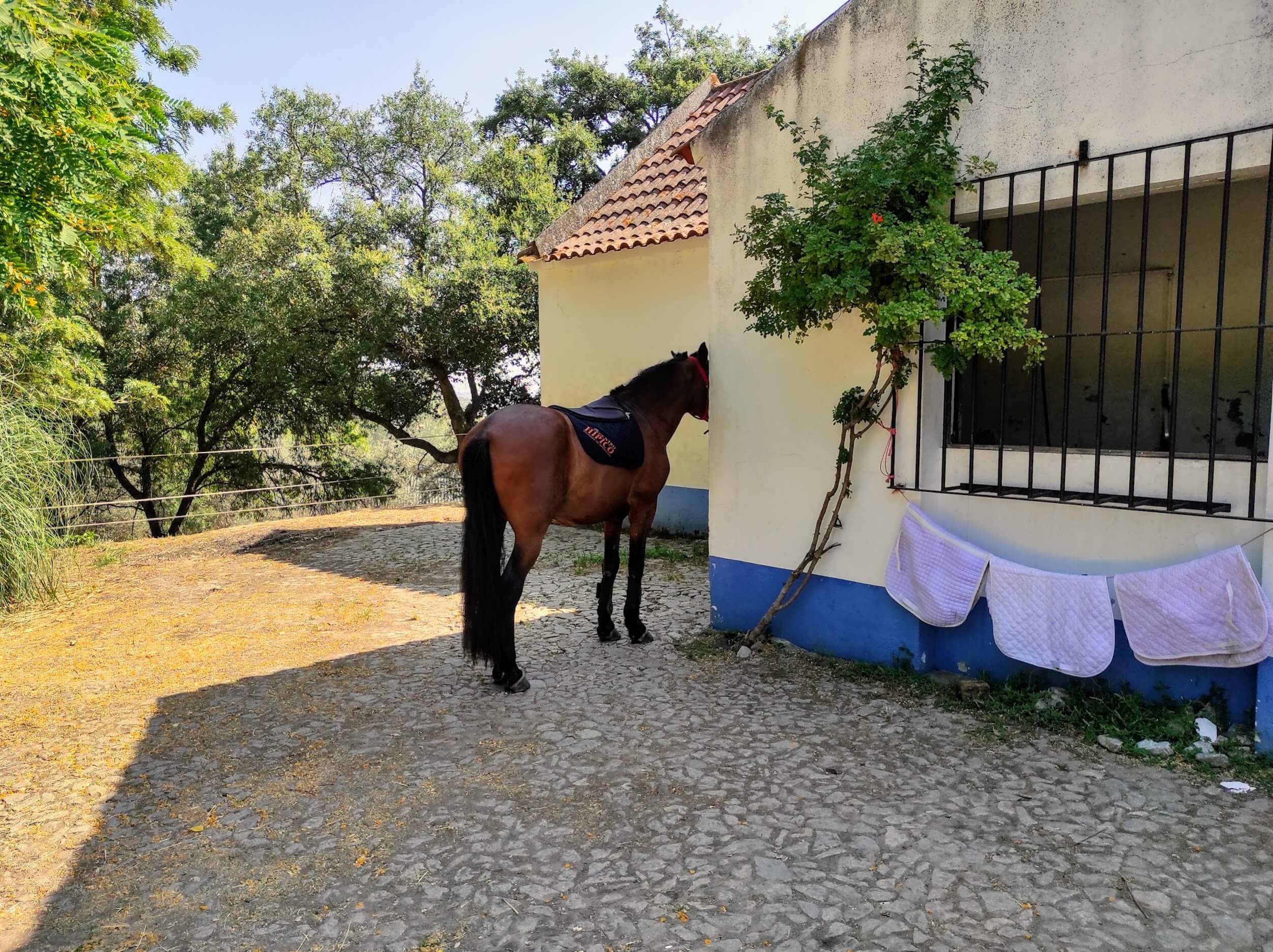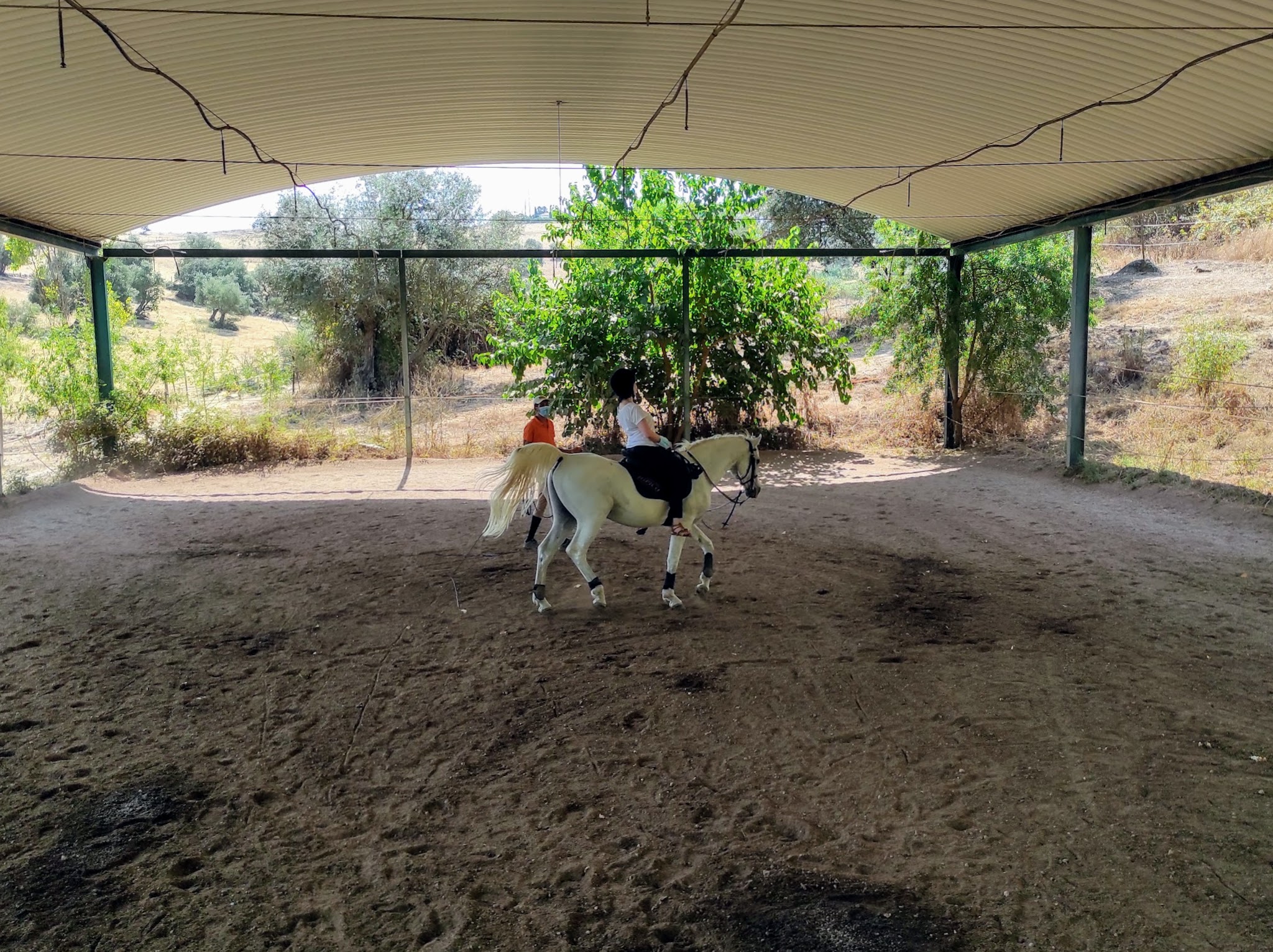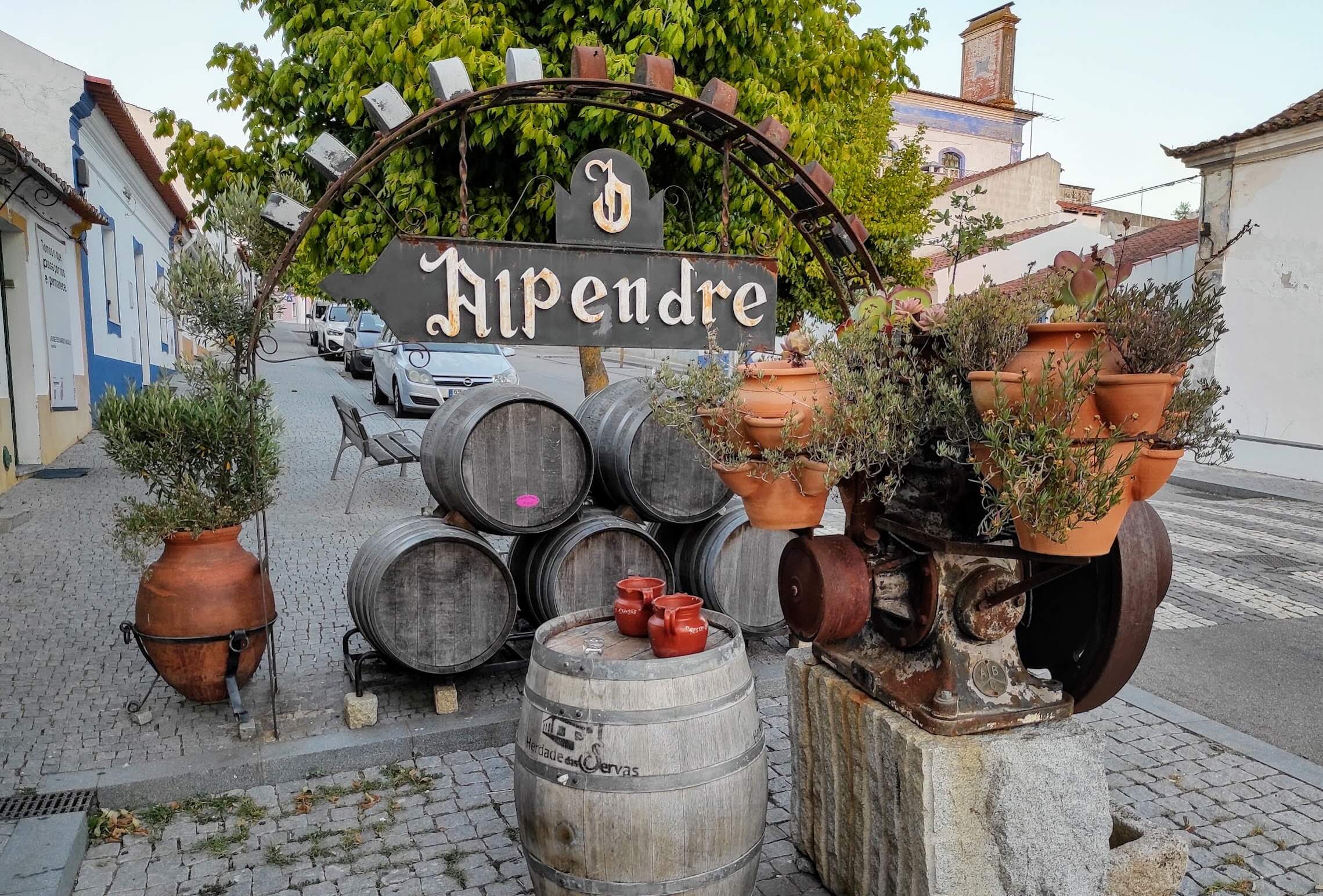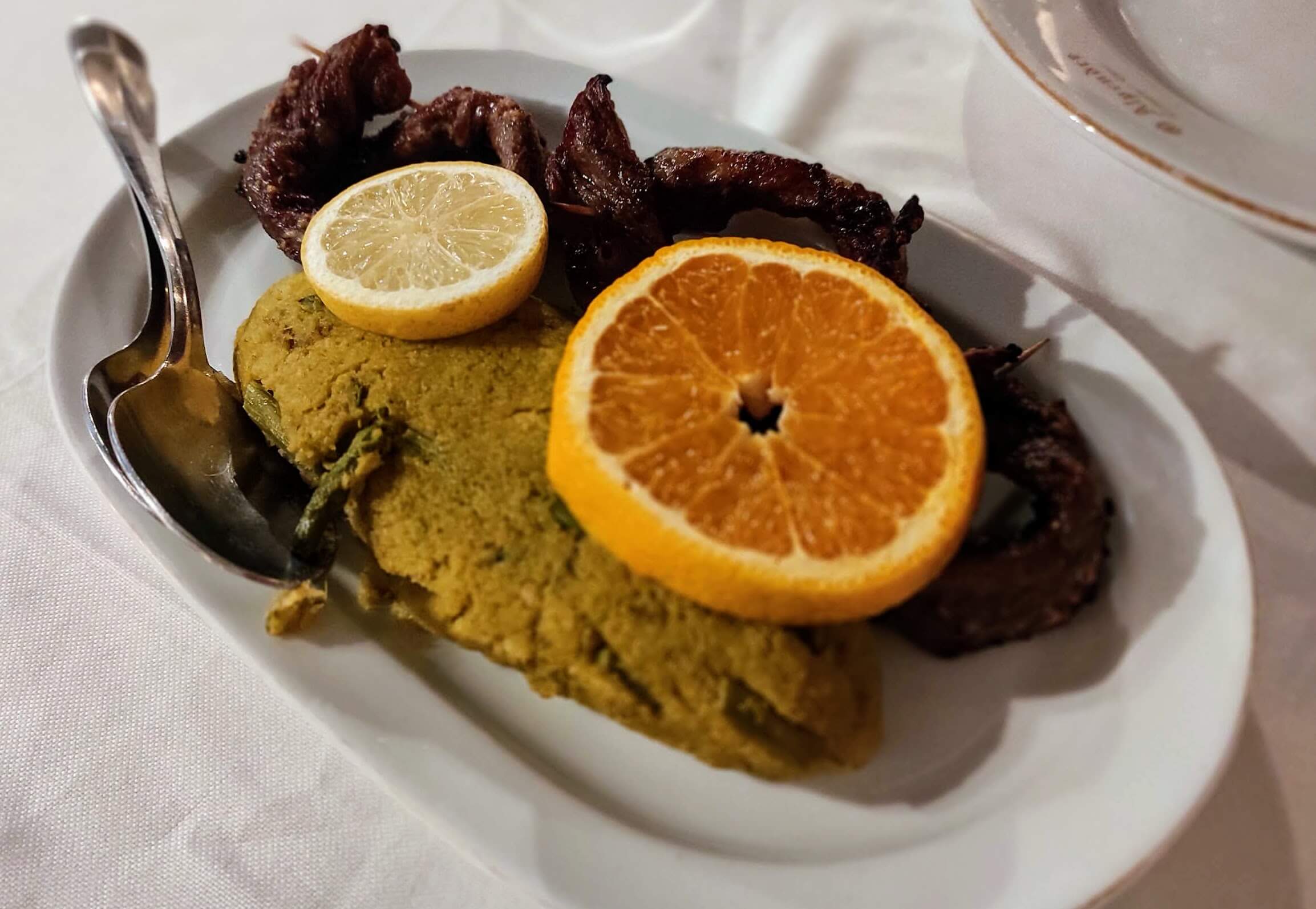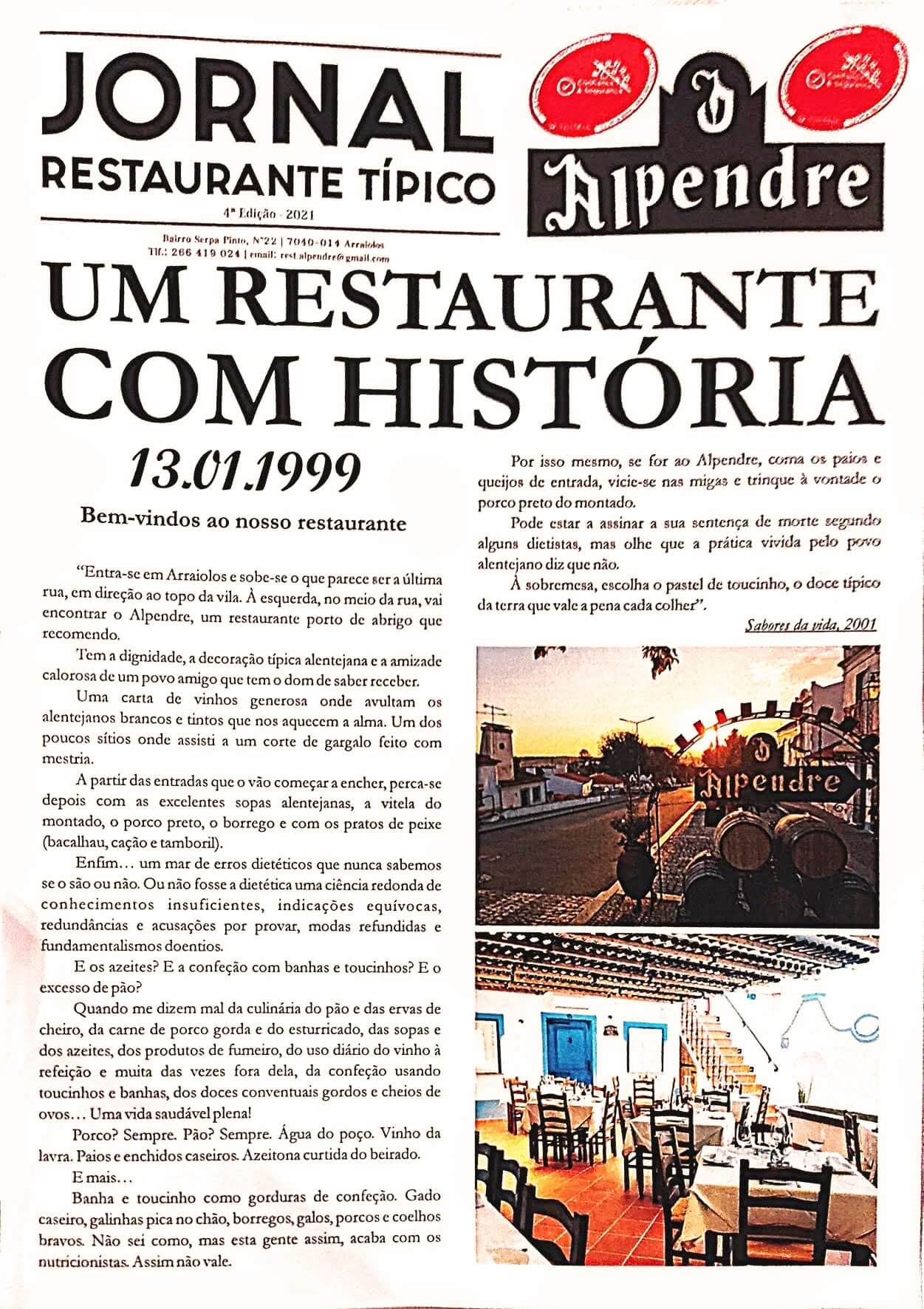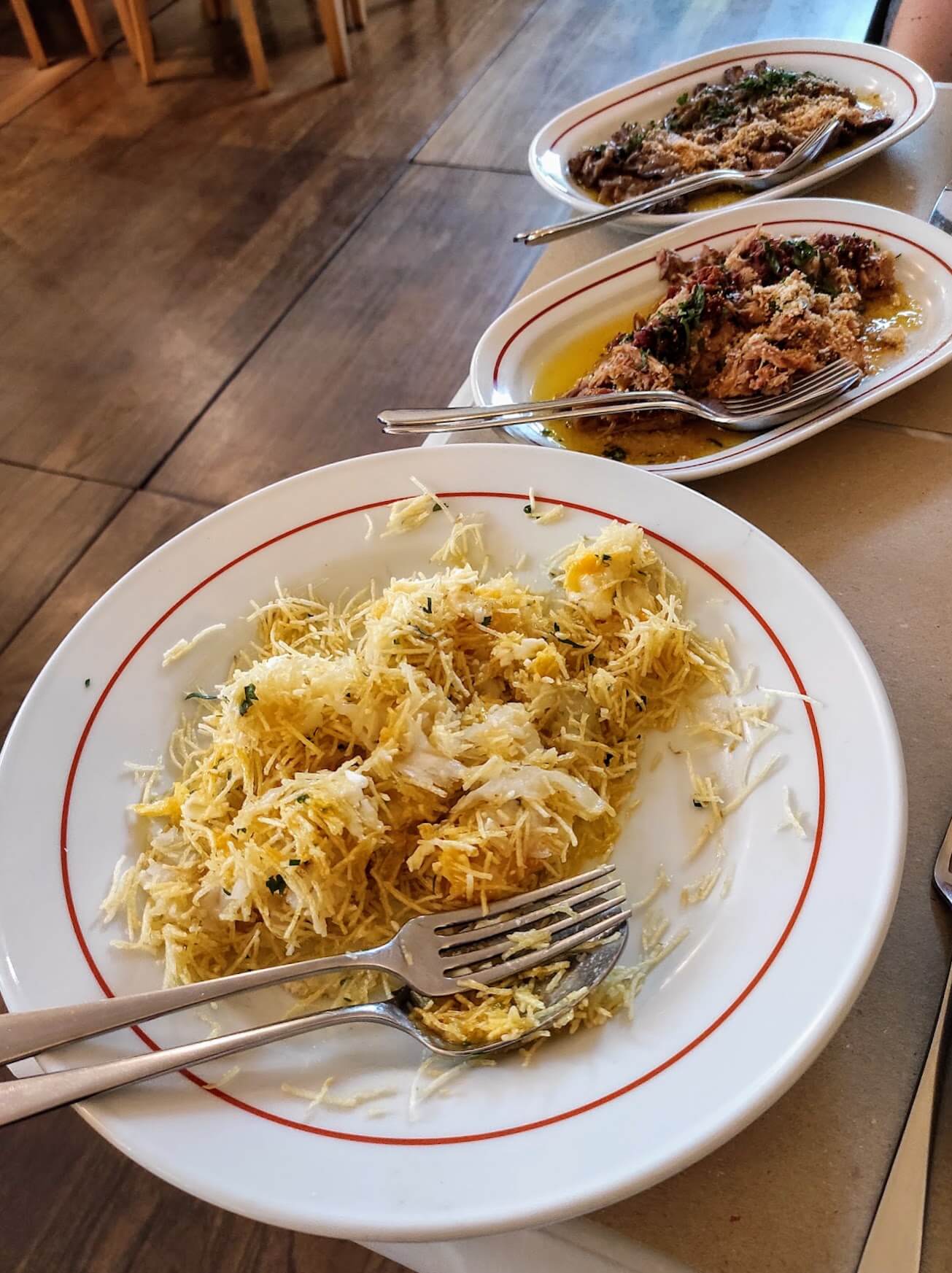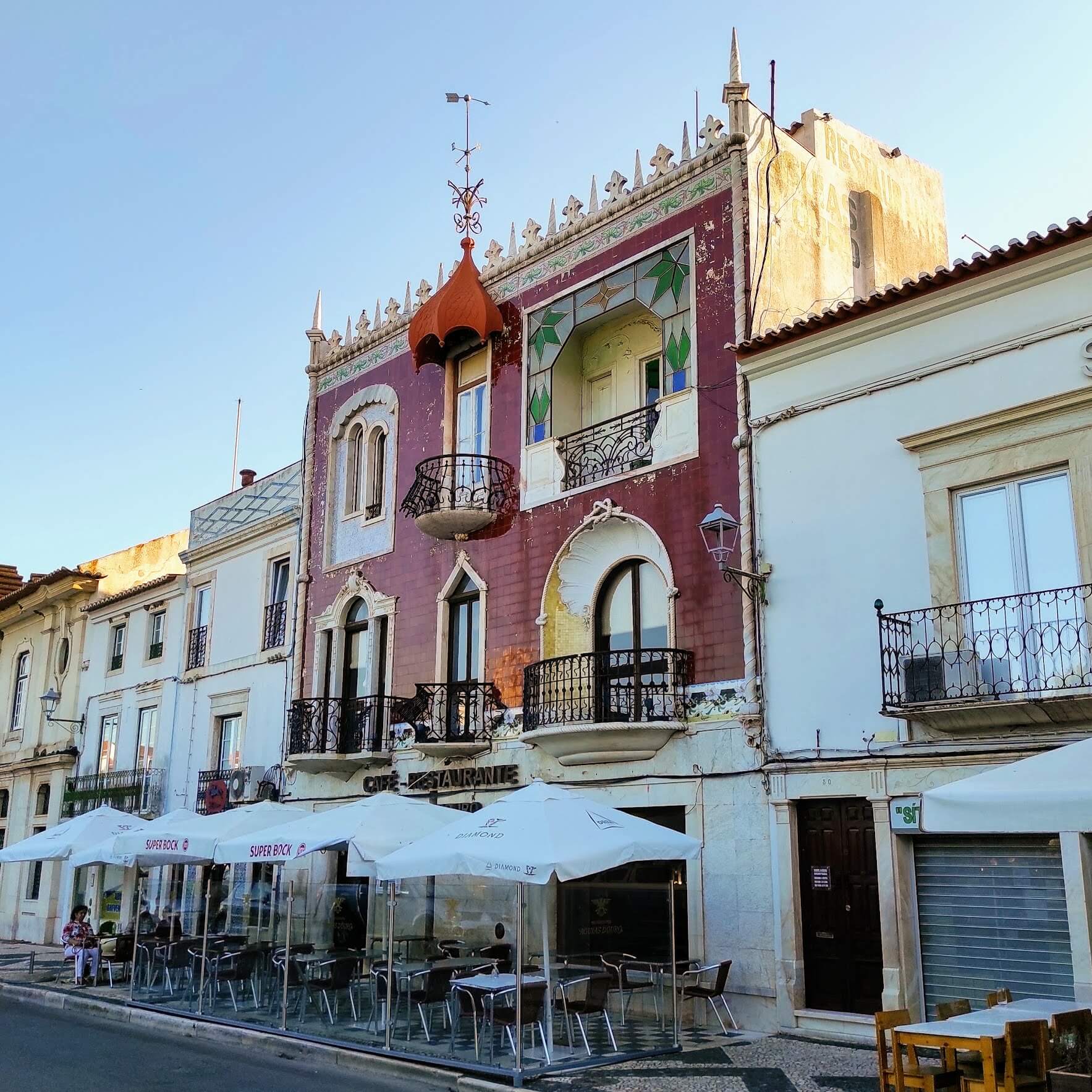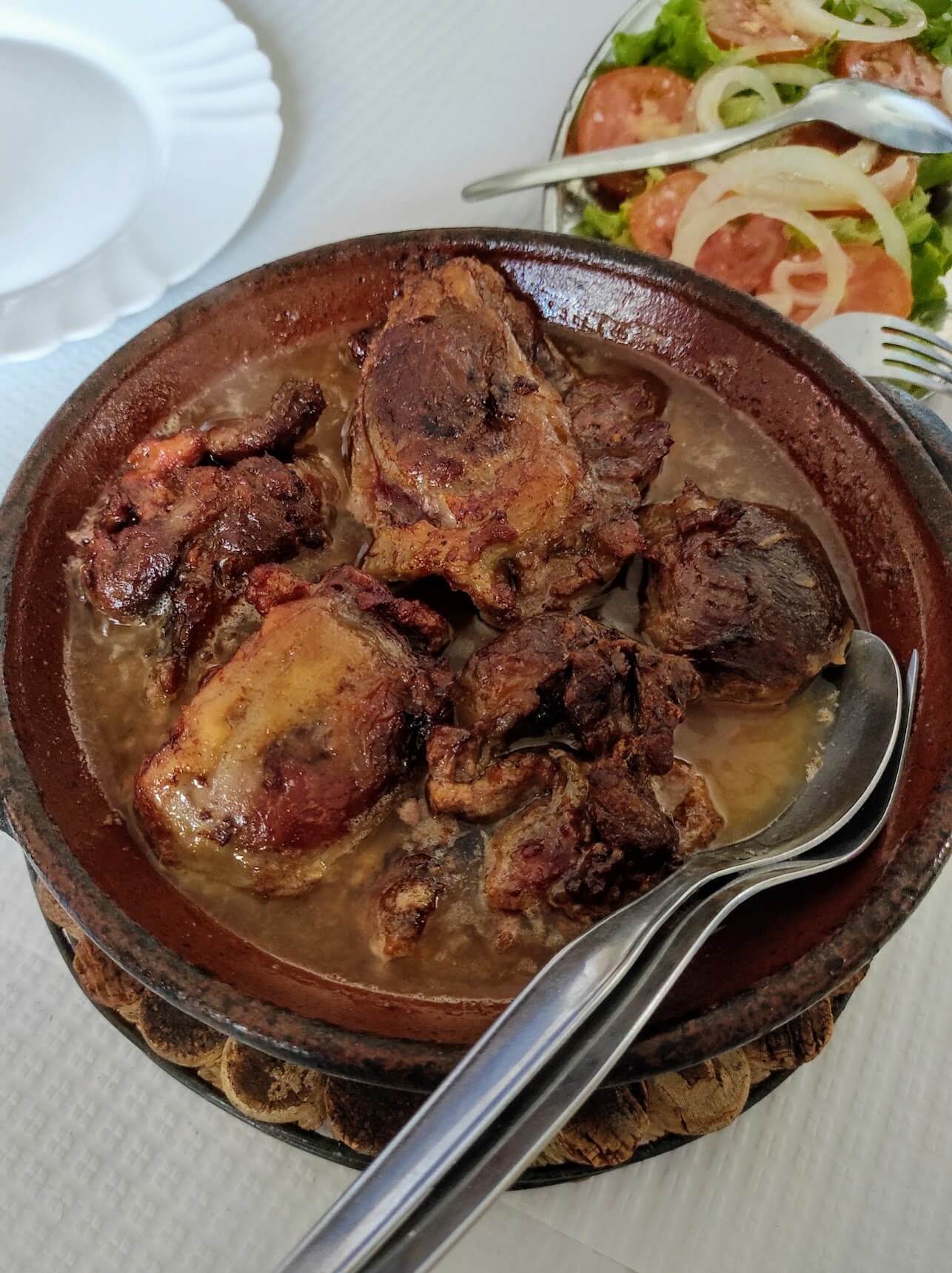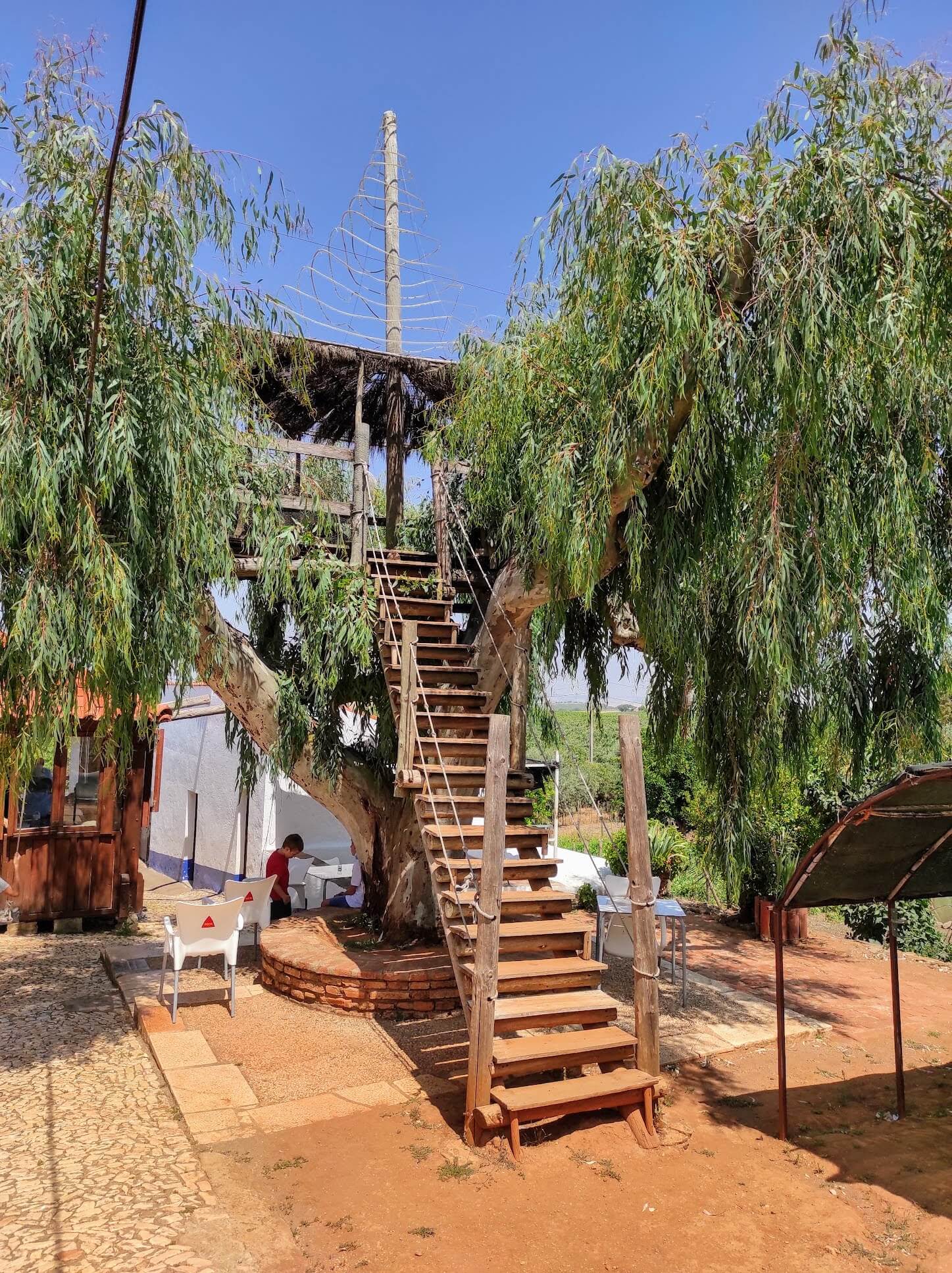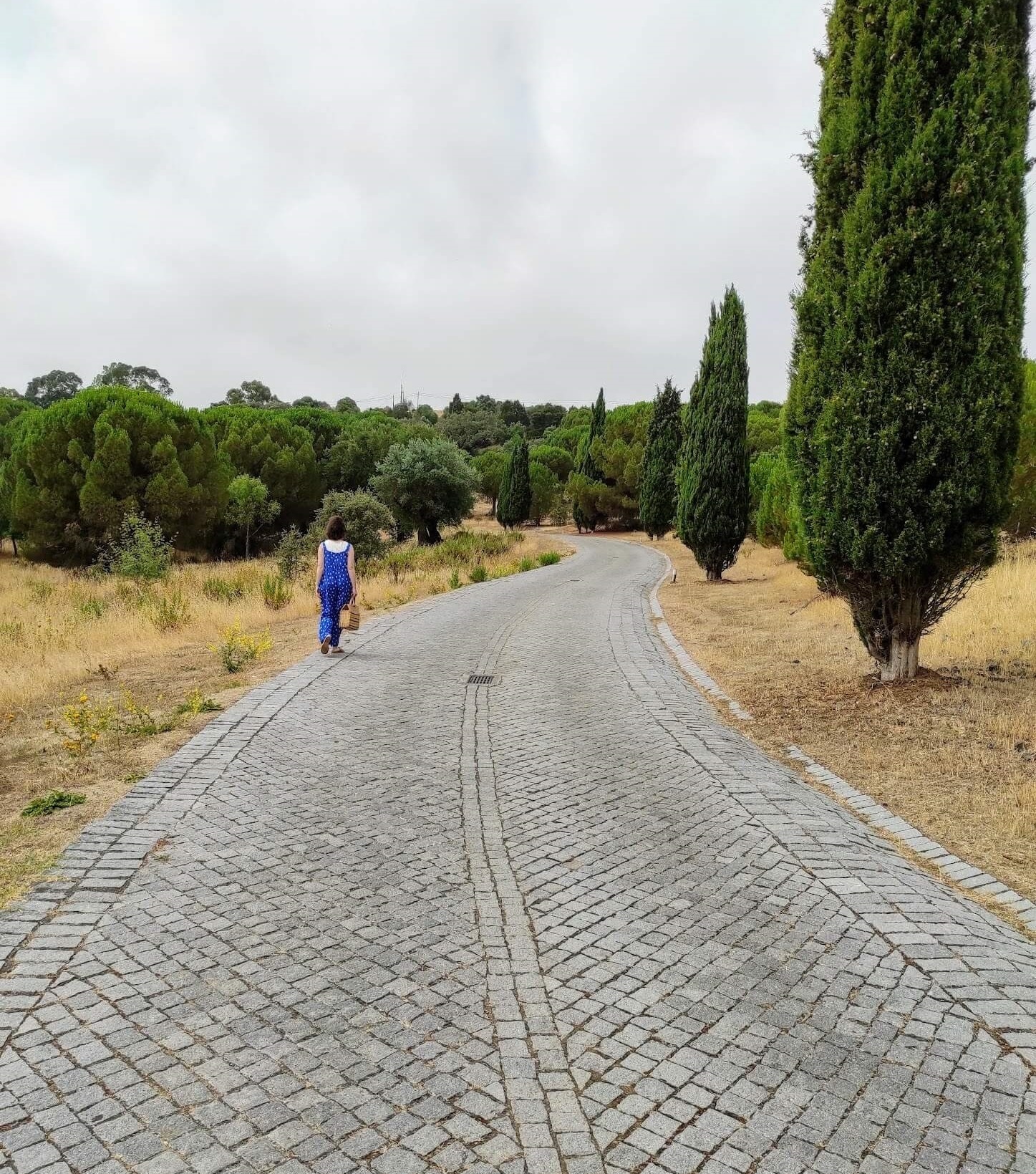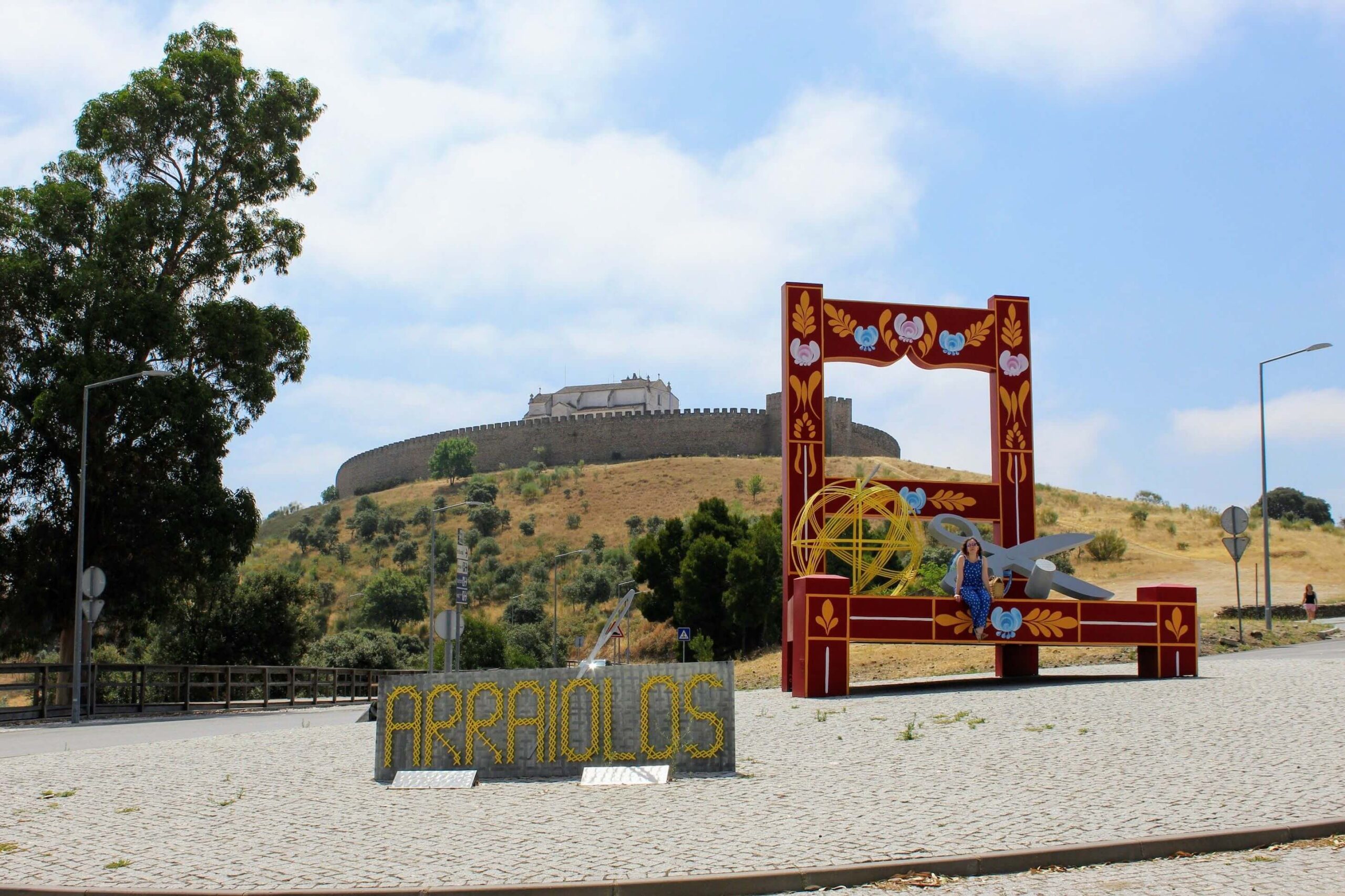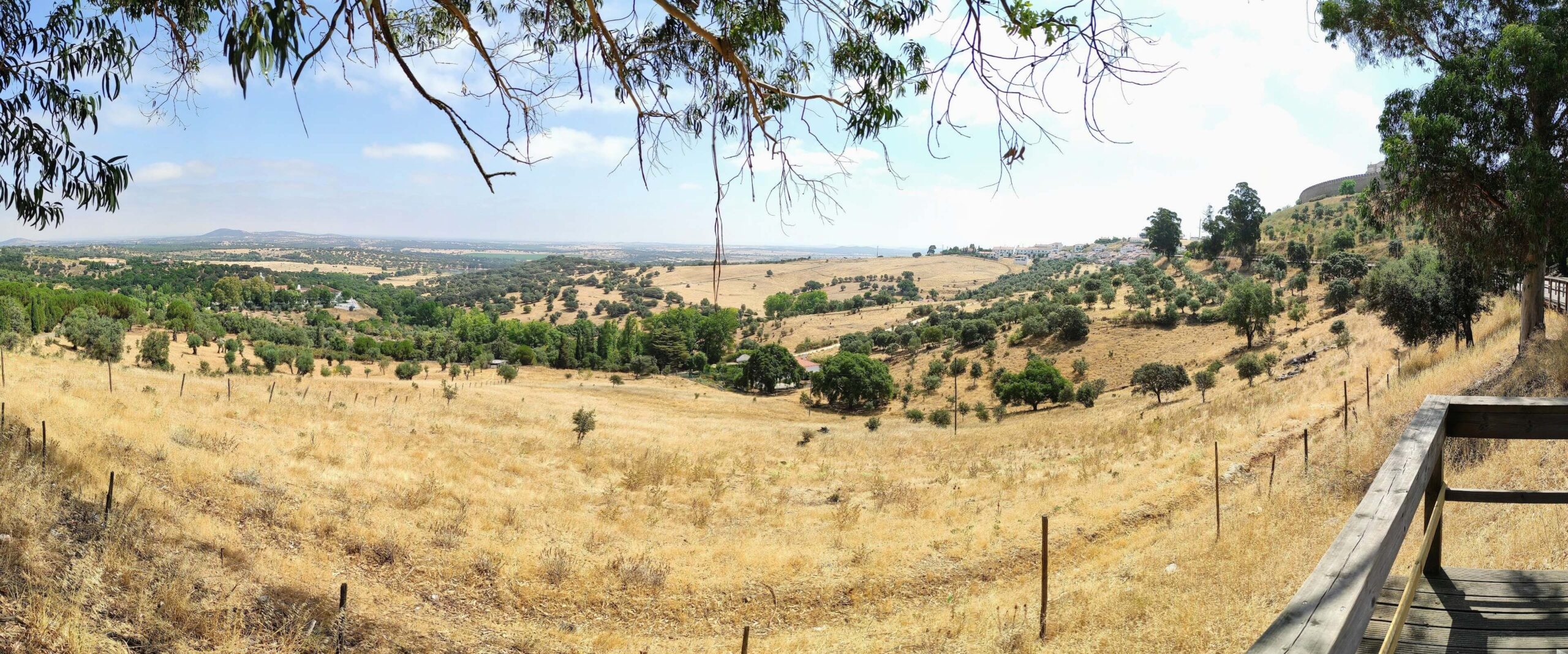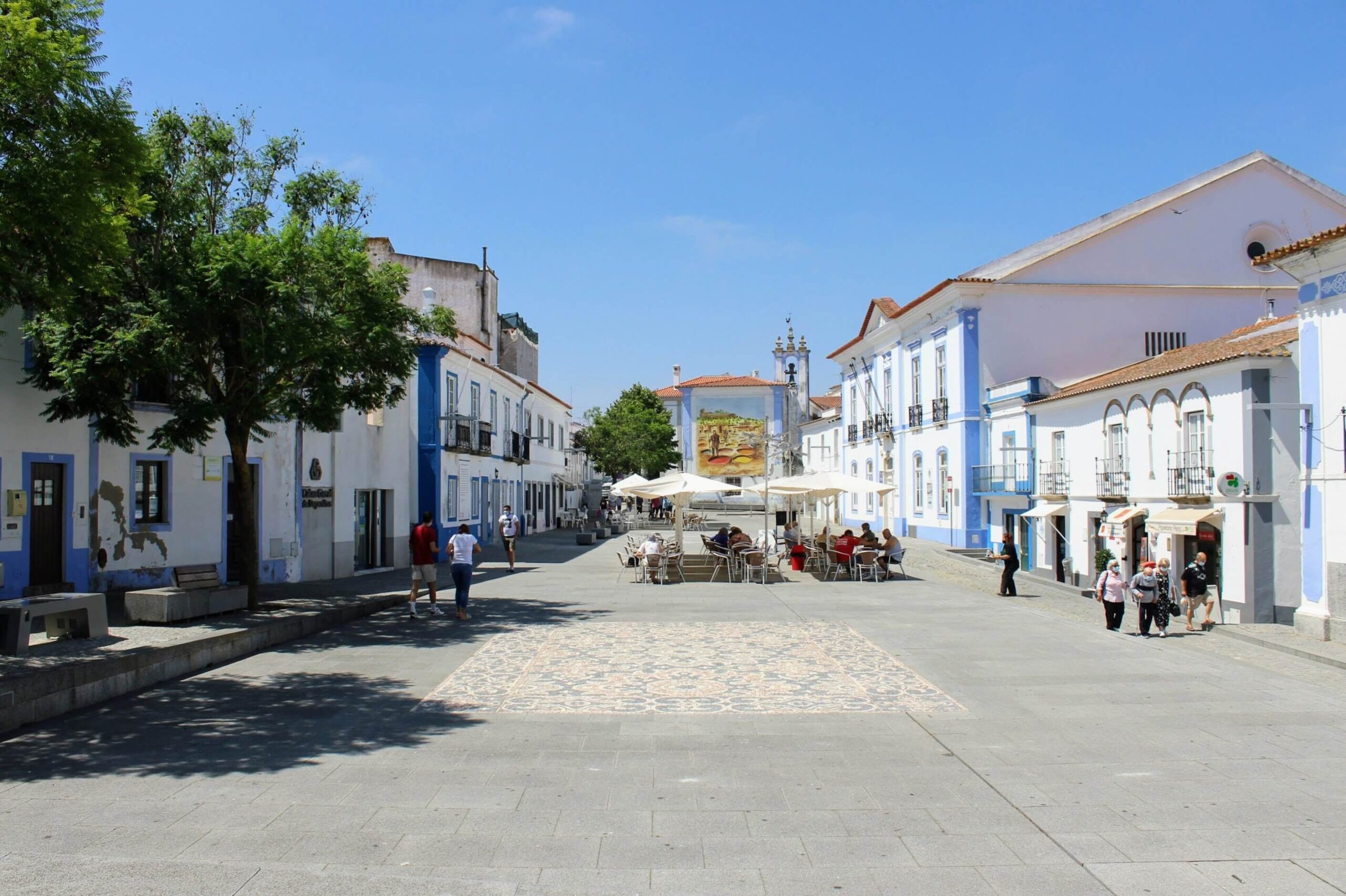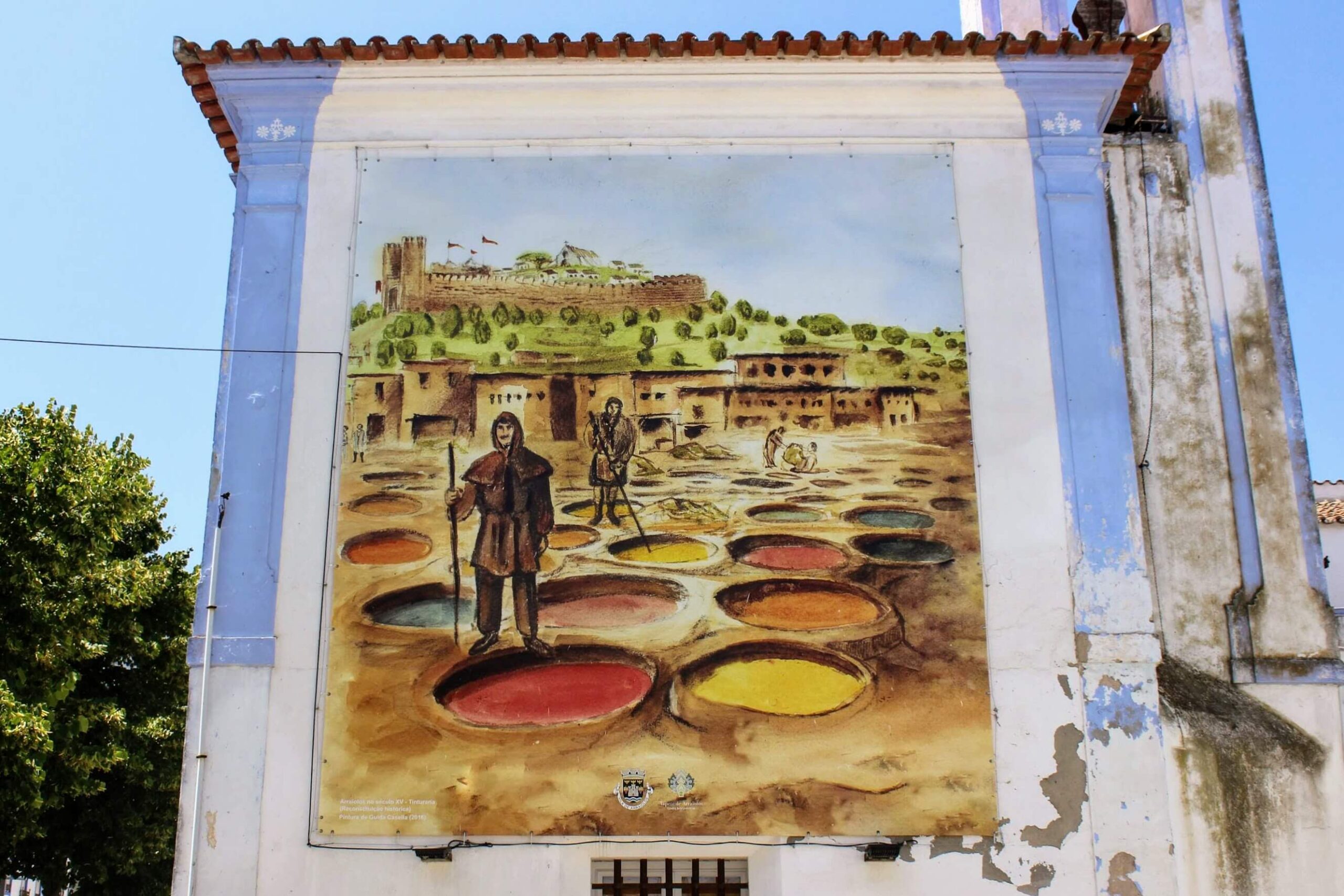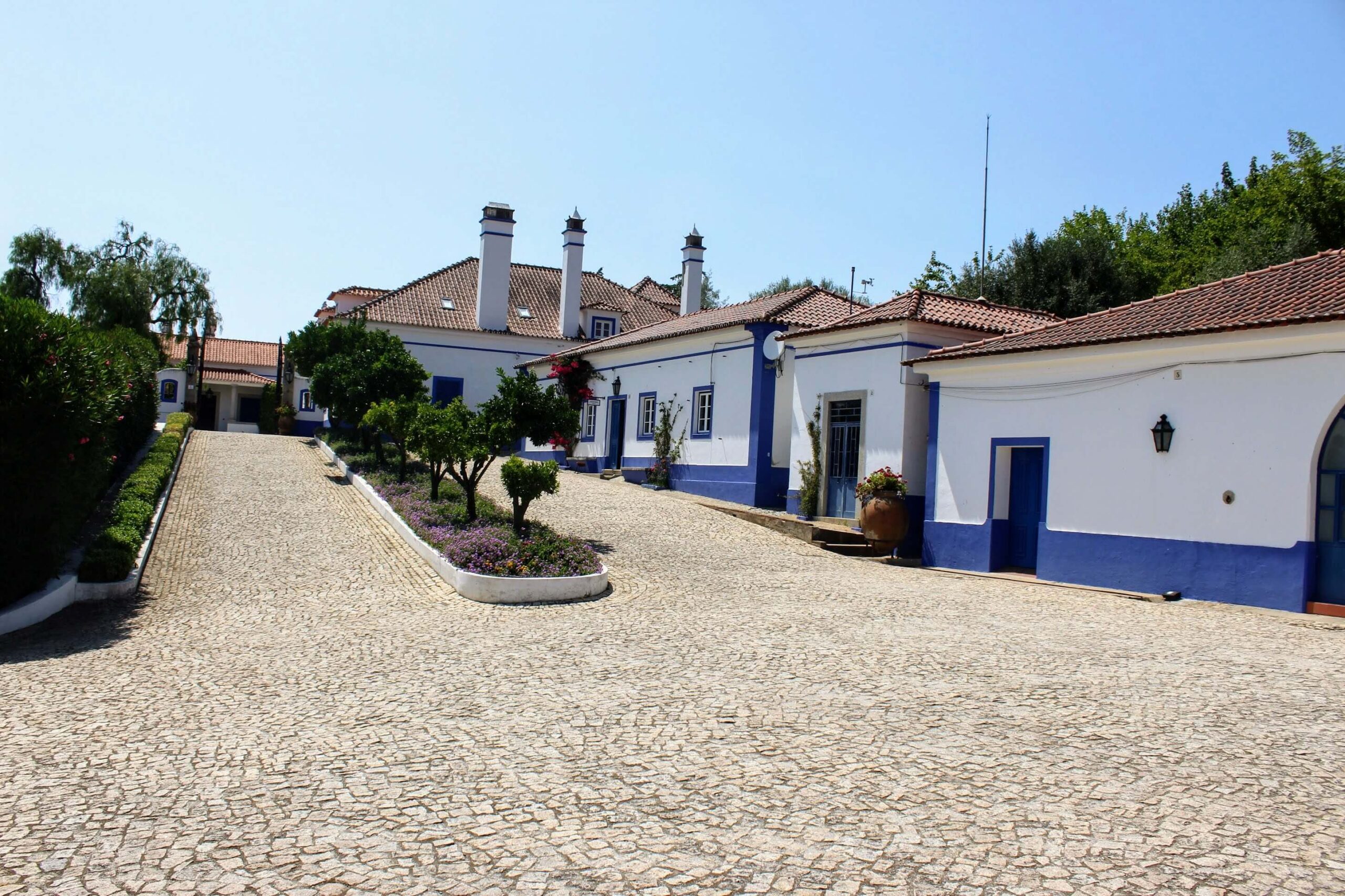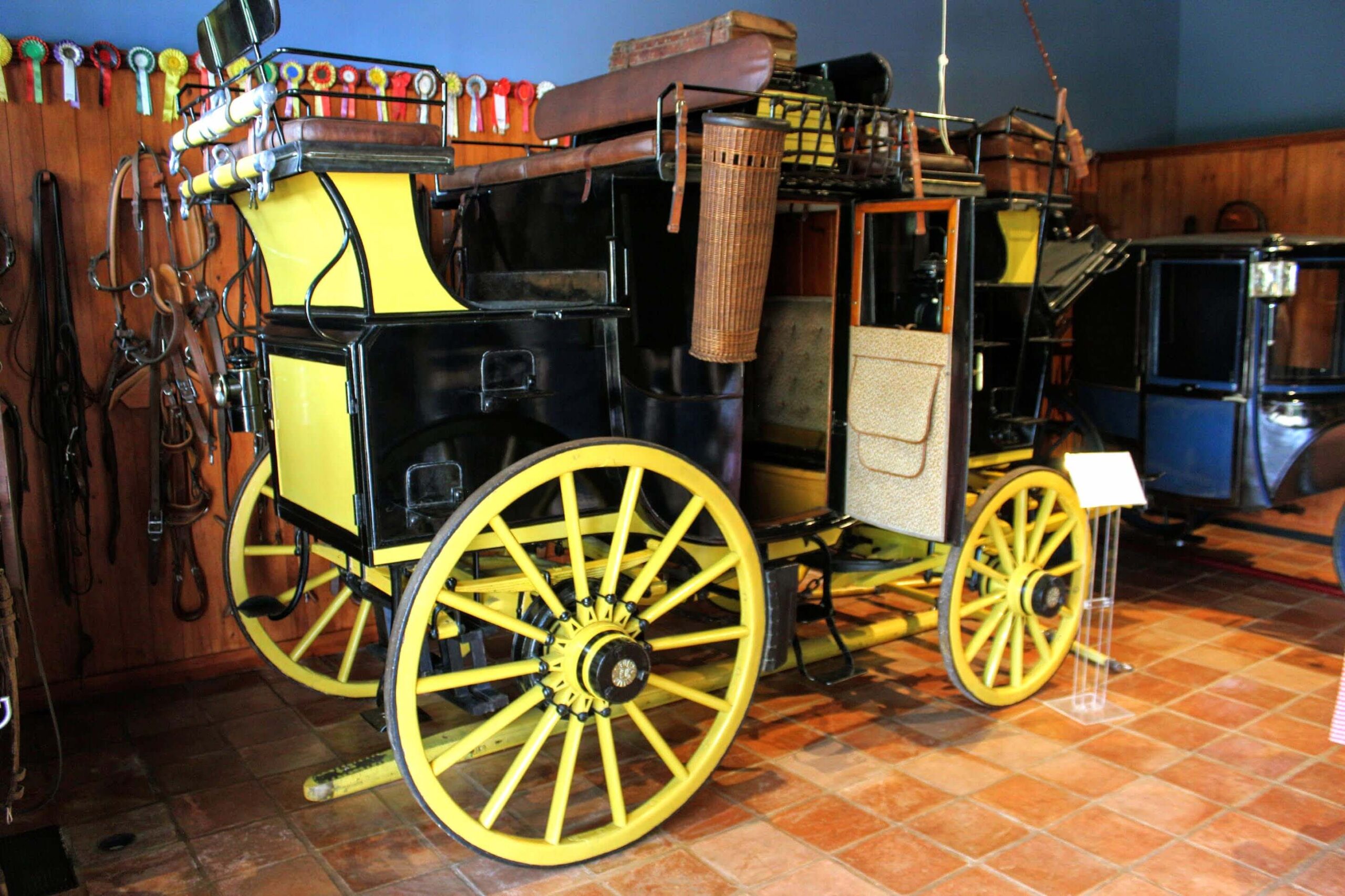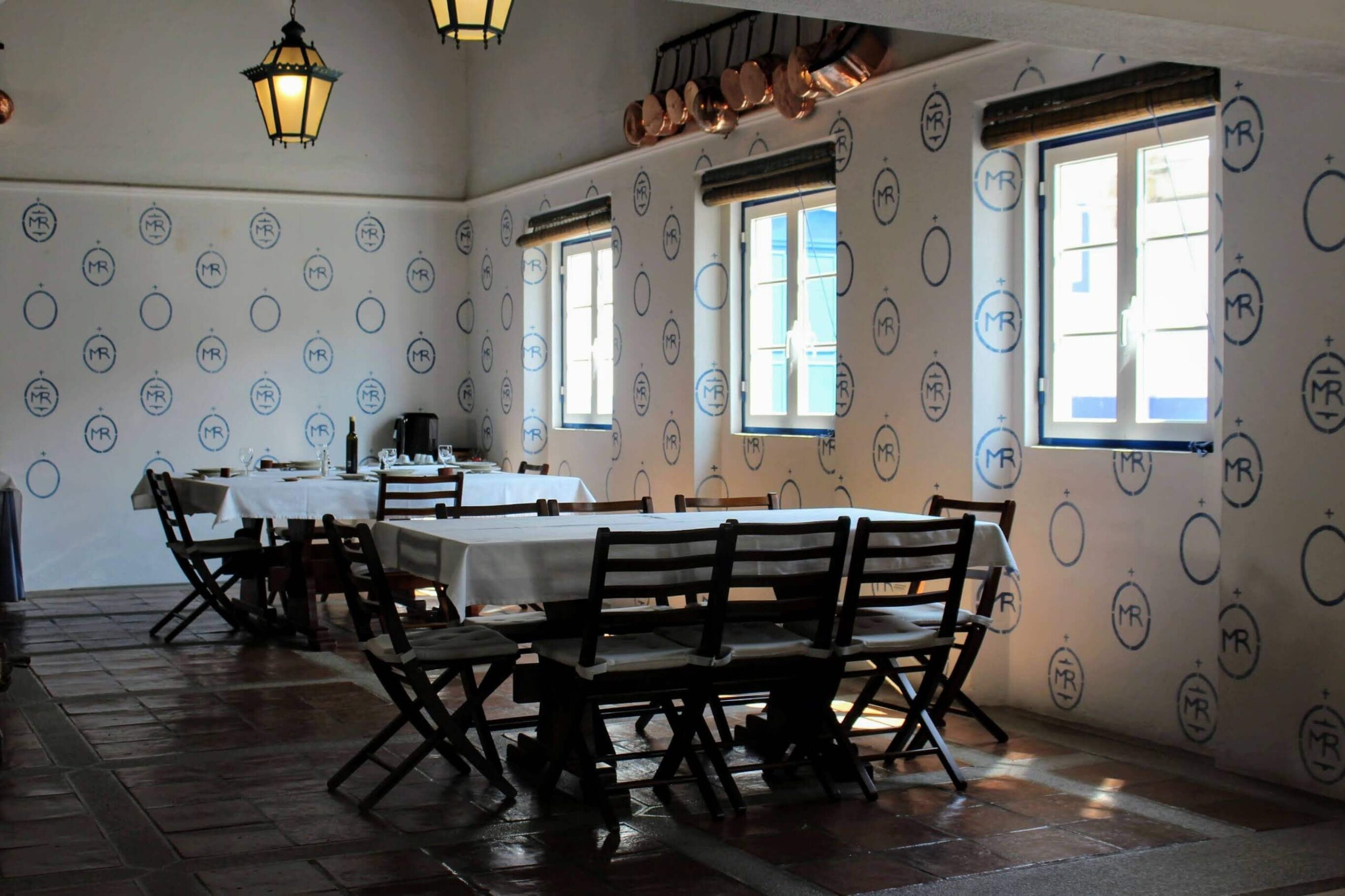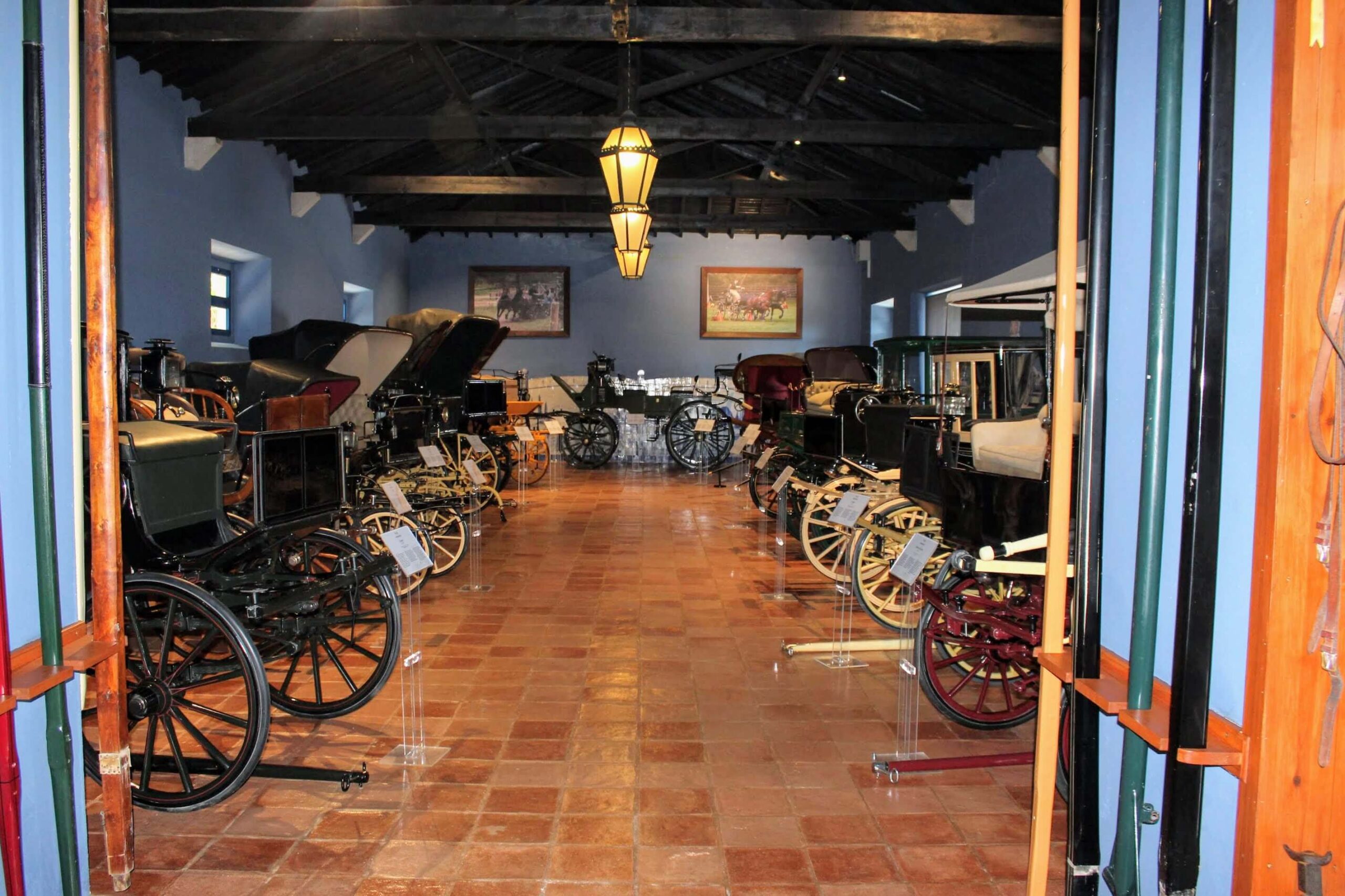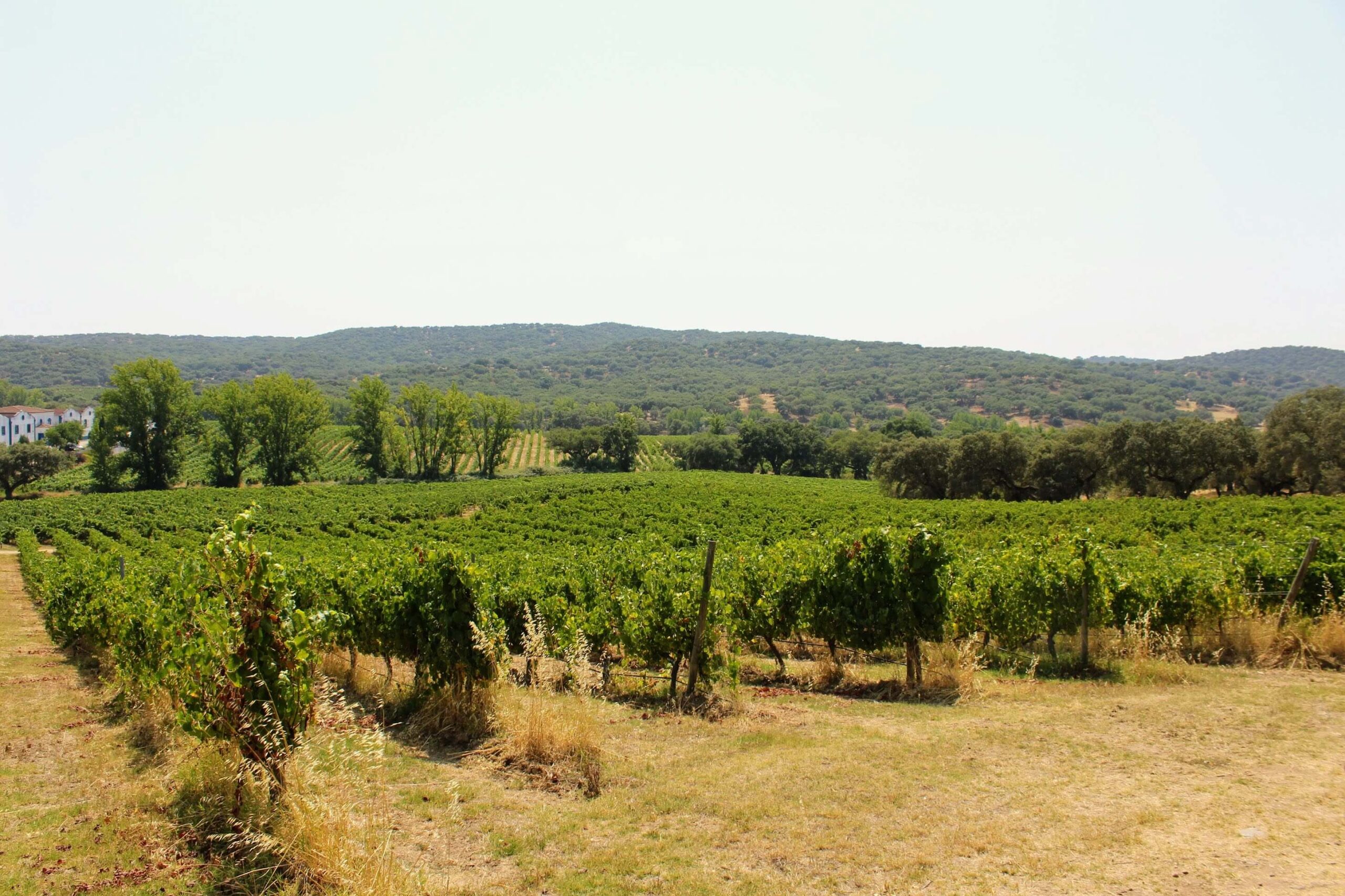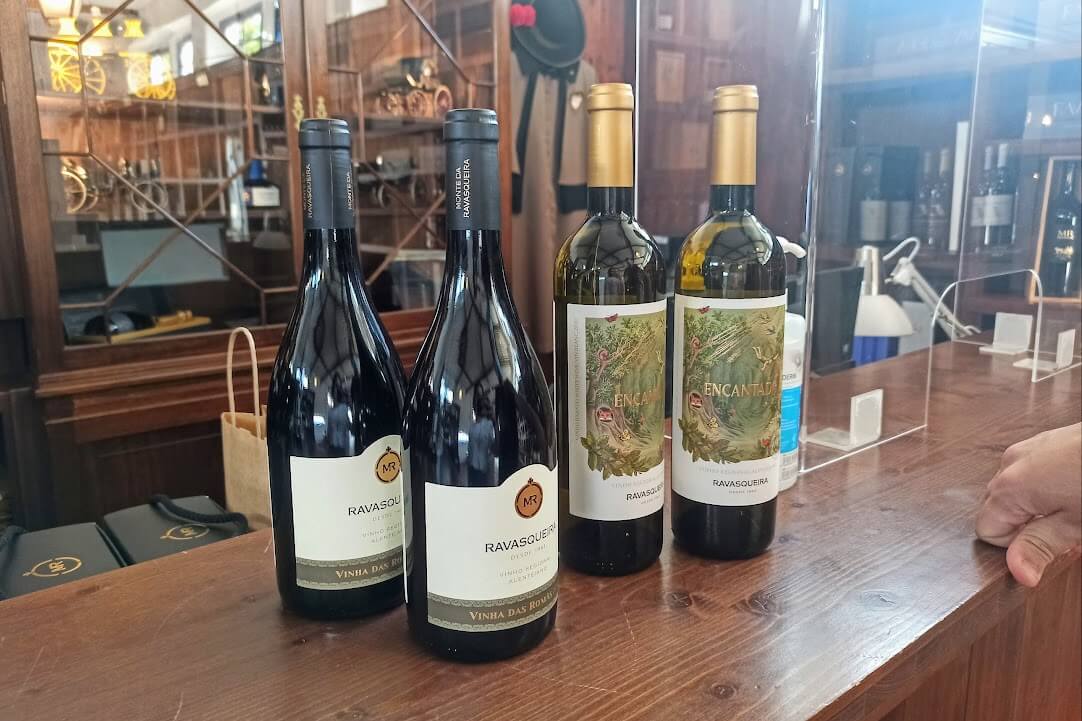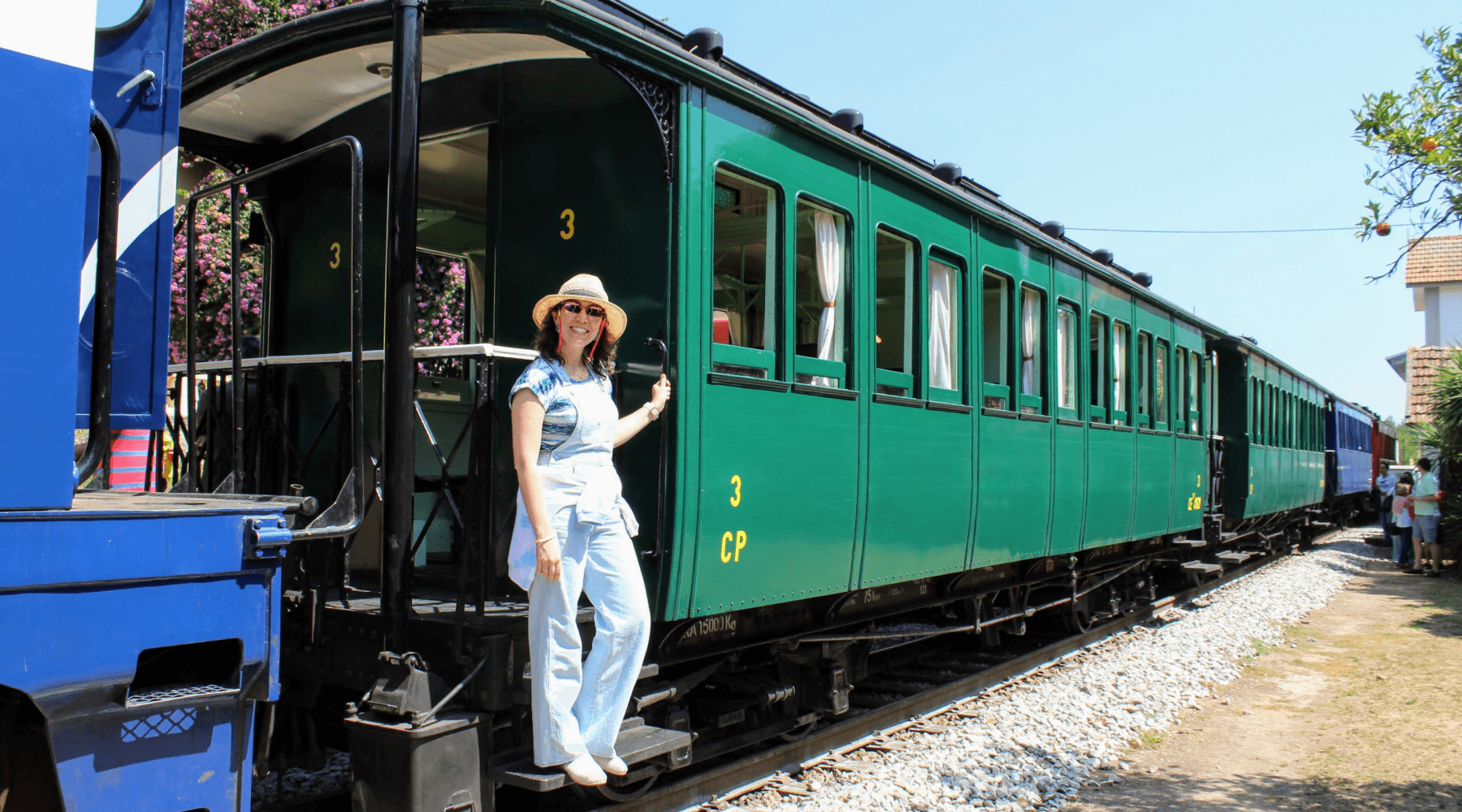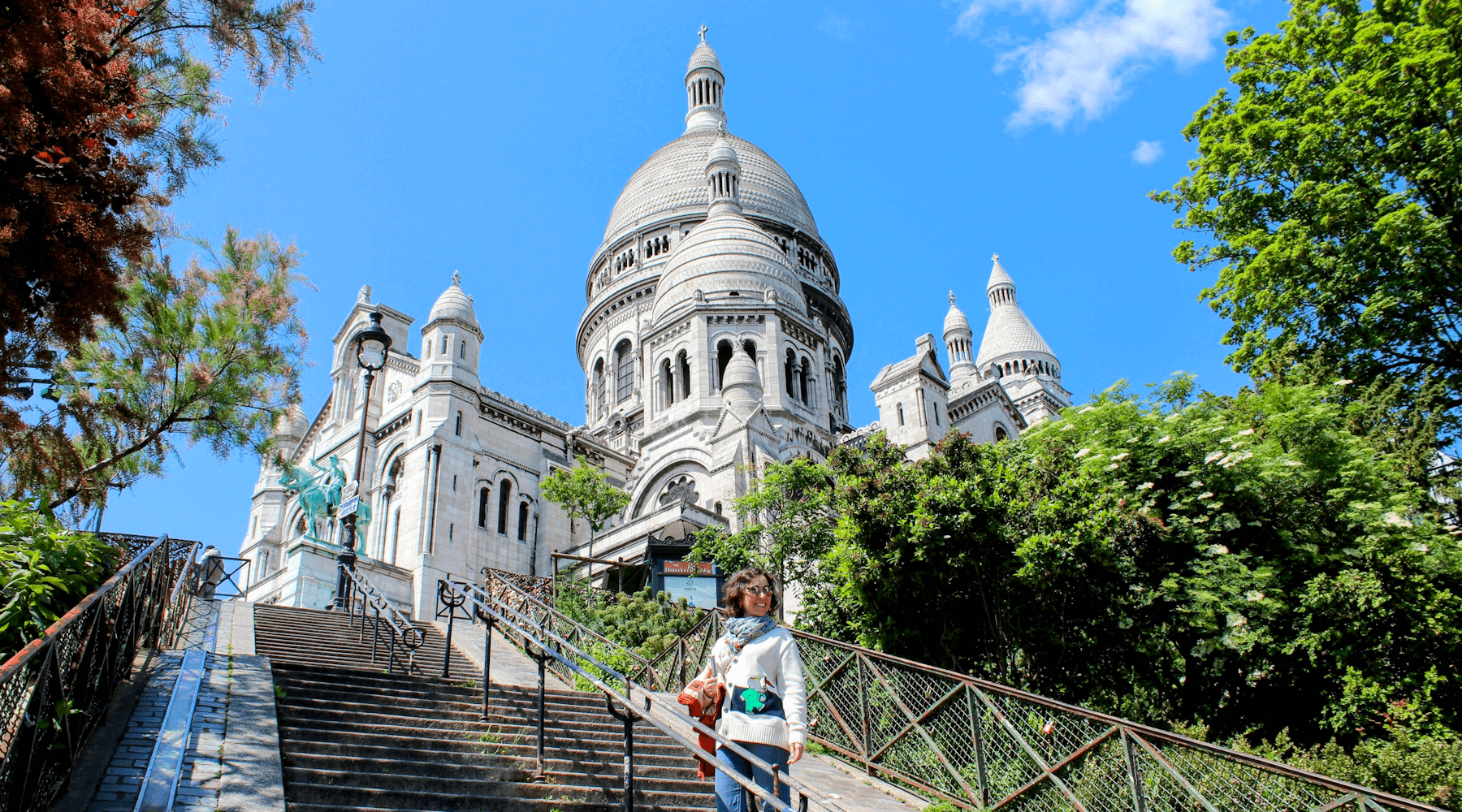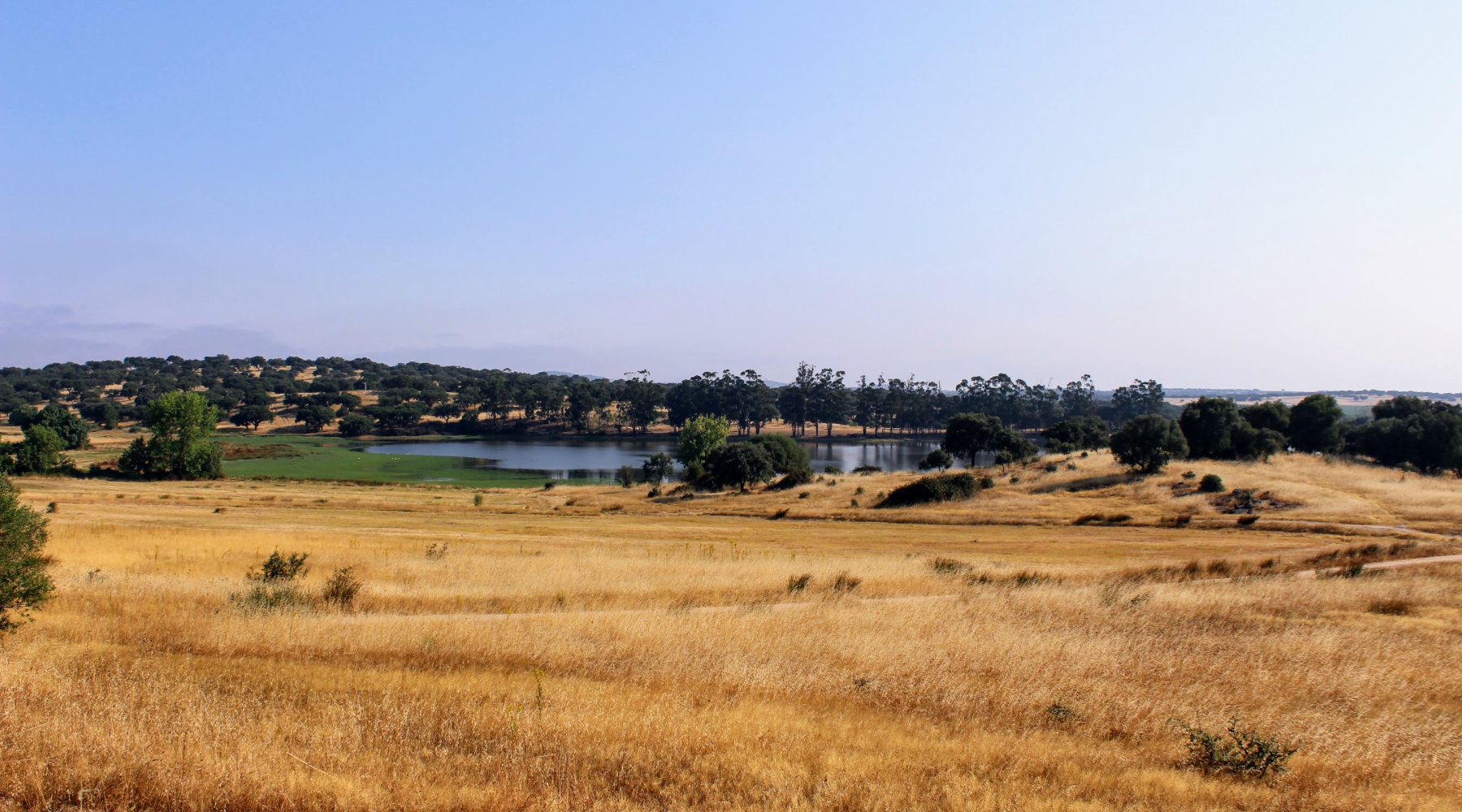
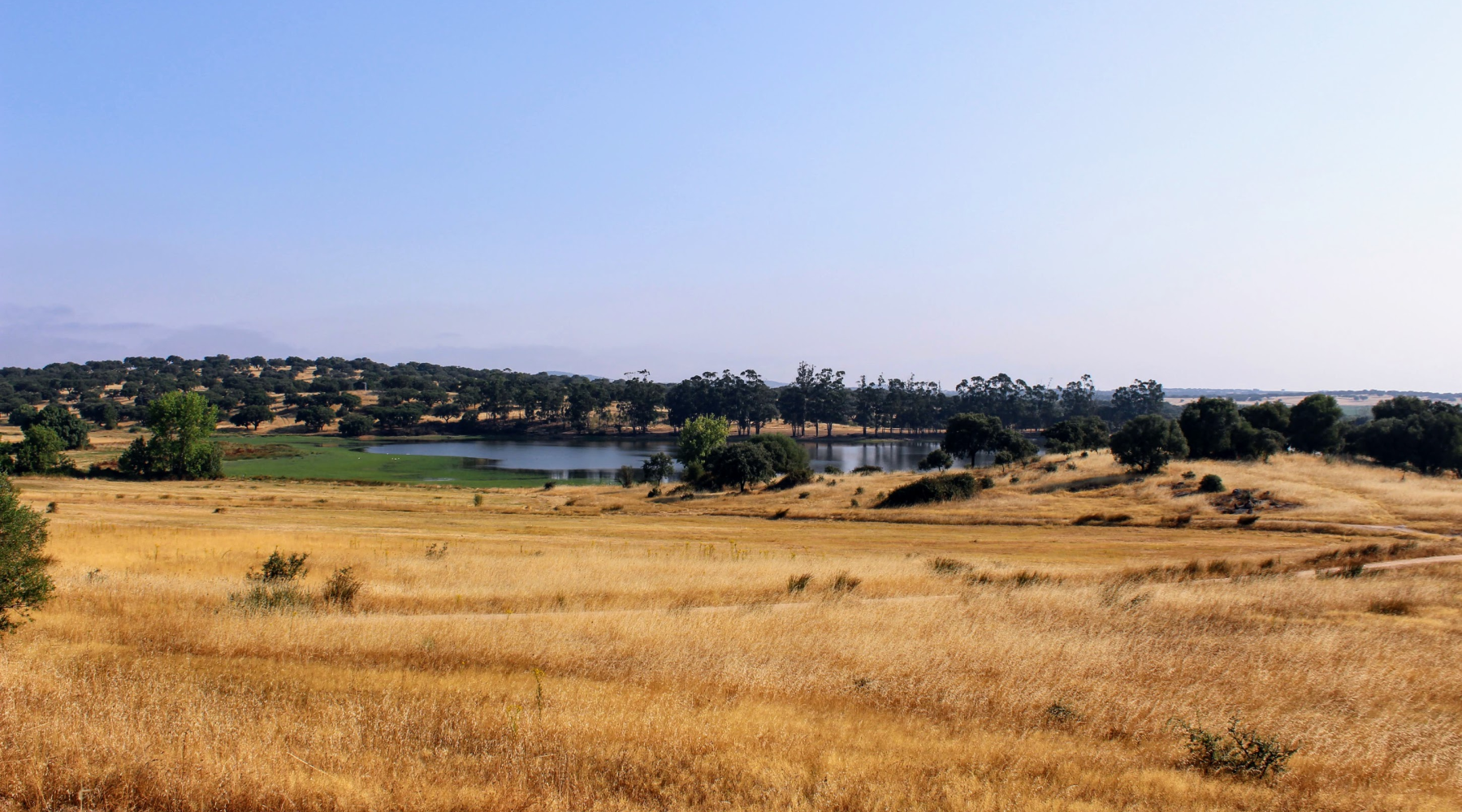
Portugal
Arraiolos - The Intricate Tapestry of Portugal’s Cultural Heritage
Few things give me more pleasure than the count down for summer holidays – there is such lightness and joy in daily work, a thrilling energy that gets things done while still leaving space for daydreaming and planning. I always exaggerate the number of swimsuits, shoes and books that I prepare for sunny days, walking and resting peacefully, reflecting on priorities and defining new actions in the perspective of the new school year.
In the Summer of 2021, we decided to have a “combo-holiday”, dividing 9 days (including trips) through Portugal and Spain starting with the region of Alentejo, specifically Arraiolos.
Known for its famous carpets, Arraiolos is situated in the heart of the Central Alentejo. The tranquillity of a small village, the strong integration with nature and its central location vis-à-vis other relevant communities of the district, make Arraiolos a good option for those who want to know the Alentejo flatland and enjoy a few days of rest and silence.
We left Porto on a Sunday, under the hot temperatures of July, our suitcases loaded with clothes and expectations. It is a 3h30 drive on a highway, from Porto to Arraiolos, 1h20 if you are coming from Lisbon. Feeling hungry as a horse, and needing to stretch our legs, our journey’s first stop was at O Manjar do Marquês in Pombal.
Manjar do Marquês
Founded in 1986, on Estrada Nacional 1 (National Road 1), Manjar do Marquês has been refined with the passage of time – it’s professional and effective service, very friendly, dignifies the kitchen, which remained faithful to its essence, expanding the menu with a wider range of options.
Upon arrival, the long line to the snack bar confirmed the destination’s fame – the snack bar is known for its faster service and for a more focused offering – tomato rice served with cod cakes, fish fillets or breaded pork cutlet – making it ideal for drivers and small families. As the queue was shorter, we chose the restaurant instead of the snack bar, both belonging to the same owners, and located underneath the same roof. The atmosphere of the restaurant is different from the snack bar’s – quieter but equally full of life, with large families having lunch. We enjoyed a well-served dose of cod patties (Pataniscas de Bacalhau) with Tomato Rice and Salad. For dessert, one “Pastel de Tentúgal” and the miniature “filhoses” (traditional Christmas dessert) complimentary served with coffee. Light and fluffy dough, living up to the quality of the restaurant’s frying!
Highlights
To improve
Sweet Dreams
We stayed in Pousada de Arraiolos – Convento de Nossa Senhora da Assunção, a former convent set in a wonderful rural location, 1.2 km from the center of the village. Its construction goes back to the 16th century, having started on August 14, 1527, the eve of the day of Our Lady of the Assumption, to whom it was dedicated.
In 1980, the Convent was purchased by the Portuguese state and in 1995 the restoration works began to convert the convent into an hotel. Today, this hotel is part of a large chain of other Pousadas de Portugal, managed by Pestana Group.
Combining different architectural styles – religious, Manueline, mudejar and baroque – the building style results from the continued overlap of architectural and ornamental styles. Preserving the convent’s austerity and original features, particularly in the cloisters and in the interior patio, the hotel has a new area of suites with balconies facing the pool and the valley. With modern and sober décor, many objects of contemporary design are used to create an environment that seemed somehow Spartan, in a fine line between coldness and an invitation to contemplation and detachment.
We stayed in a small room in the old wing of the hotel. With a tiny window facing south, the room was cool, but too small and dark to be a space in which you would like to be for more than a nap in the hottest hour of the day. The large, marble-built bathroom was equipped with all the necessary amenities. Towels were changed daily – perhaps unnecessarily, taking into account sustainability concerns increasingly common in hotel groups around the world.
The room was accessed through the interior garden or using a high-ceilinged staircase, across many large rooms. Despite having comfortable, large sofas, these “corridor-alike” rooms were not cozy enough to sit and enjoy – the “nudity” of the walls, tables and even fireplaces (which pleasently smelled of good winter smoke) seemed stripped of life, with no stories to tell. On the contrary, the straw chairs in the interior garden invited reading in the early hours of the morning, with the water of the old tank reflecting on the white walls of the old convent and oranges plummeting on the floor from time to time. When the sun is up at midday, this area becomes too hot, so make sure to enjoy it early morning. Still, its luminosity continues to inspire anyone who wanders through the hotel.
The hotel bar terrace and swimming pool were our favorite spots. The mornings dawned cool, and we enjoyed them for walks and activities, but for a quick and light lunch or in the late afternoon, when heat was at its peak, the sun loungers in the pool invited long hours of sunbathing with unimpeded views of nature. A litter of cats (vaccinated and sterilized) lazily stretched by the bar, being the delight and entertainment of small and grown-up guests.
Breakfast was served at the table, considering the buffet constraints imposed by Covid-19. In our opinion – again sustainability! – it would have been more appropriate if served “à la carte”, avoiding the inevitable food waste, given the quantity and diversity on offer. We have often said no to eggs, yogurts or sweet pastries, instead choosing to delight us with regional bread and cheese or with a plate of fresh sliced fruit.
In addition to the pool, there are other activities available at the Pousada, although less advertised or in less good condition. The tennis court was under maintenance and the pedestrian paths – that once seem to have traversed the property – were disabled with gates remedied with plastic ribbons and wires. It also seemed to us that there was an “improvised” SPA in a hotel corridor, delimited by roll-ups and plants, but we did not explore the offer of services (nor was it shared as an option).
The Equestrian Centre – very well kept, with magnificent horses and a covered riding stable, accessed from inside the hotel property – was the best surprise we had. Filipe was available to schedule either a class or a tour at a time that worked for us and João very patient and professional during the 1-hour class. We paid 50 euros (2pax) for a complete lesson that covered walk, trot, canter and gallop, but which is always adapted to the experience of each student. It is, however, a hard to discover activity – we had arrived at Arraiolos eager to have a horse-riding class and persistently searched on the internet and social networks until we stumbled upon a mention of the “Centro Hípico Pousada de Arraiolos”. Asking at the hotel reception, we were told by a not very enthusiastic receptionist, that there was indeed a horse-riding facility. He fetched an orange poster from the back of the reception and told us that we should call the number there, hiding the poster again. It is a pity that the service is not broadly advertised by the hotel, as it would undoubtedly add value to the activities offered. In addition to classes, there is also horseback riding to the Castle of Arraiolos or the dam.
Highlights
To improve
Taste Buds
If there is one thing that gives us pleasure in the holidays is to spoil ourselves with good food. We enjoy tasting different flavour combinations, often abusing calories with promises of working out after vacations
Alentejo is one of our favourite regions in the country to eat well, with a wide variety of restaurants and styles. Staying in Arraiolos, we had the chance to wonder around Arraiolos, Évora, Estremoz and Borba, in a multitude of food experience, for all tastes and wallets. Below are some of our favourite experiences.
O Alpendre Arraiolos
It was around 9:00 p.m. when we arrived at “O Alpendre”. At the door, a sign indicated the closing time – 9:00 p.m. Persistent and hungry, we looked at it anyway. We were happily welcomed and sat at table in the corner, near a virtual fireplace. On the walls, varied agricultural instruments caught our attention until we were brought the menu, an original newspaper-like menu.
The starters had been highly recommended, an ex-libris of the house, and so we weren’t surprised when, one after the other, we saw them landing on our table: meat pies, prosciutto, melted cheese with herbs, homemade Portuguese sausages and olives were some of the ones we had. The bread, homemade, accompanied everything perfectly, and was served inside a bag of cloth. Very satisfied with the starters, we still had room to share 1 serving of juicy pork meat (“Lagartos”) with asparagus “Migas” (a bread pure) closing with a “pyjama” (set of desserts) suggested by our attentive waiter. The “Encharcada” although delicious, was surpassed by the “Pastel de Toucinho”, typical of the village of Arraiolos.
In addition to the quality of the products, we highlight the service. Friendliness and availability were a huge plus.
Repúlica do Petisco Arraiolos
With a pleasant terrace, in the shadow of the Municipal Library, República do Petisco is a Portuguese tapas restaurant, with fast and efficient service. The menu design, with photographs of each dish, is very 80/90s and does not live up to the tasty food. We visited this restaurant twice – once for a quick lunch, another for a quieter dinner. For lunch, we opted for “Ovos rotos” (scrambled eggs with prosciutto), and a mix of black Alentejo pork, accompanied by crispy homemade french-fries; at dinner, mixed black pork, for 2 people. All well-presented, with generous servings and accompanied by good Alentejo bread and olives.
Enoteca Cartuxa Évora
Despite being a very touristic district capital, Évora has the rhythm of any other village in Alentejo. Restaurants are usually small to medium size, and many close around 10pm, too early for Portuguese and southern European standards. For the most popular places in Évora, reservation is required and needs to be done days in advance.
We discovered “Enoteca da Cartuxa” by chance, when we were desperately trying to find a place for dinner in Évora, with no reservation. Staff was friendly, welcoming and open to find the best solution possible to sit us. Located in the heart of the historic centre, the restaurant had a contemporary feel, and the looks of a modern, trendy tavern, the white walls, contrasting with the red wooden furniture. The menu is bold, reinventing and modernizing traditional dishes. We opted for “Lascas de Bacalhau” and the “Escabeche de Pato”, paired with a fine wine from Cartuxa’s winery.
Note: In 2021, Enoteca da Cartuxa was our only experience in Évora. In 2020, however, we had the pleasure of staying at Casa do Governador and getting to know the exquisite traditional cuisine and service of O Fialho, the excellent pies of Café do Alentejo and the elegance of Degust’Ar. All worthy of a visit.
Alecrim Estremoz
We visited Alecrim excited by the idea to try something unusual in Alentejo – sushi. Unfortunately, sushi was not available, as Alecrim only works with fresh fish, unlikely to be caught on a Monday when fishers take a day off. The menu has plenty of alternatives, so we decided to stay. After the traditional starters (cheese, olives, bread and olive oil) we opted to share an entree of fresh salmon tacos and a main meat dish. It wasn’t as exquisite as we expected but the space made up for it- it is a pleasant and bright restaurant, walls completely covered by wine boxes, wooden furniture contrasting with Costa Nova turquoise crockery. The restaurant is very close to Estremoz’s central plaza and its famous lake, making it a good possibility for an early dinner on a sunny evening.
Águias d’Ouro Estremoz
The iconic Águias d’Ouro café opened on April 4, 1909. The building, built between 1908 and 1909, was classified as a Property of Public Interest in 1997.
Its eclectic architecture, with strong influence of Art Nouveau, as well as the use of various materials, geometric, naturalistic and exotic motifs make it one of the best examples of the Estremoz legacy. We stopped here for a late lunch, coming back from Sevilla. Despite being late for the staff and the kitchen, we were warmly welcomed. Sitting on the terrace, in need of a light meal after the holidays, we opted for a fresh chicken salad and a comforting soup.
Espalha Brasas Borba
We left Arraiolos on a weekday, heading to Seville by car. Our plan was to have lunch near Borba, in the famous Espalha-Brasas. On arrival, the packed car park and the crowded outdoor terrace confirmed the popularity of the restaurant. Without reservation, we had to wait for about 30 minutes and could only find a table inside the restaurant.
The restaurant is a very typical Portuguese family restaurant, clearly attended by habitués and construction workers on lunch break. The restaurant atmosphere – especially on the inside – is very cold and far from cosy: tile floor, paper towel, small TV hanging in the corner and old chairs, reminiscent of old-day’s coffee shops.
But lunch exceeded all expectations – we ordered the star dish of the house, pork cheeks baked in the oven, which proved to be one of the best meals we can recall. We waited patiently for way more than 30 minutes, but it certainly paid off – served on a clay plate, together with homemade french-fries and a green salad, the meat was one of the tenderest we have ever had. To finish our meal in style, and together with an expresso, Espalha-Brasas serves a complimentary liquor – three bottles are left by the waiter at the table and guests are free to try them all and drink as much as they please. On the way out, we had time to photograph the tree house, at the back of the restaurant, which makes the delights of the younger ones.
Walk the talk
Pedestrian Route: From Pousada de Arraiolos to Arraiolos (Center)
The pedestrian route between Pousada de Arraiolos and the centre of the village of Arraiolos takes about 40 minutes, at a steady walking pace. The climb from the hotel to the north roundabout, at the entrance of the village, can deter the lazy, but do not be alarmed – the route is quite pleasant and, from here onwards, much flatter.
At the roundabout, the large typical Alentejo chair will not go unnoticed, with elements alluding to the carpet of Arraiolos, in homage to the carpeting art of the village. Starting from the roundabout, a modern wooden walkway connects with Rua da Parreira, passing through the lookout point overlooking the Valley of Flores and the Pousada.
The street leads into the Town Square, one of the nicest places to have an expresso accompanied by a good book or magazine (which you can buy at Pepa Stationery, right in the centre of the square). On one of the walls of the Town Hall, a bright painting pays tribute to the dyeing companies that once occupied the space; on the floor, the Portuguese “Calçada”, as the portuguese pavement is known, outlines a carpet, revealing how much this town values its craftmanship legacy. To know more about the beautiful carpets of Arraiolos, make sure to visit the Interpretive Center of Arraiolos, right at the end of the Square.
The picturesque houses that surround the main square, the “Pelourinho” (sculpted stone column with symbolic political, administrative and judicial significance) and the terraces of the cafes, make any visitor feel at home.
Wine Tasting in Monte da Ravasqueira
During summer, and after 12.30 pm, it is usually too hot to be outside. Temperatures can easily rise above 40ºC at this time of day, so we usually use that time to engage in activities that do not require being as much outdoors. Monte da Ravasqueira is located about 10 minutes by car from the Pousada. In José de Mello’s family for three generations, Monte da Ravasqueira covers an area of about 3000 hectares of typical Alentejo landscape. This family-owned company, not only produces and sells wines of a unique identity and quality, but also organizes leisurely activities and corporate events, among other initiatives.
In total, our visit took 2,5 hours. Upon arrival, the bright colours of the buildings, painted in white and blue, seemed to help with the asphyxiating heat of the street. The Museum, consisting of several coaches from the personal collection of the Melo family, is a must-see, and the very knowledgeable tour guides that drive the visit are a delight to hear. Old photographs on the walls show family members competing on different occasions at carriage driving competitions.
After a short stroll through the vineyard, and a stop at the top of the property to enjoy its extent, we headed to the property’s old kitchen, now transformed into a beautiful tasting room. Its tiled walls surround a stone fireplace, covered by pots and other copper utensils. The tasting included a total of 6 wines which illustrated the breadth of the production. Among our favourites were:
Arraiolos Carpet Interpretive Center
Located in the centre of Arraiolos, the Interpretive Center of the Arraiolos Carpet occupies one of the oldest buildings in the village where, between the end of the 15th century and 1934, was located the Hospital of Espírito Santo.
In 2003, at the time of archaeological interventions in the city square, 95 dyeing pits were discovered; and between July 2011 and August 2012, when the former hospital building was being prepared to receive the museum, 38 more pits belonging to the same complex were discovered. The pit is presumed to have functioned between the 13th century and the mid-15th century, when it was abandoned. In the former Hospital chapel, near the entrance, a glass flooring allows you to see part of this complex.
The beautiful, woollen carpets known as “Tapetes de Arraiolos” (Carpets or Rugs from Arraiolos) are embroidered by hand, which made them popular among the aristocracy in the 18th century. Used to protect and decorate floors – but also to display wealth – these carpets designs have been heavily influenced by Persian and Turkish rugs, but have found their own style with years.
On the museum’s upper floor, it is possible to know the history of the Arraiolos carpet, the different techniques and colours used in its confection, as well as the dyeing process used at the time to obtain the different shades. As a souvenir, we brought an embroidery learning kit.

PR1-ARL Trail
With an extension of 8.5km, the PR1-ARL circular trail starts next to the Arraiolos Library. It has an approximate duration of 2:30 (depending on pace) and combines a tour of the village with a magnificent natural scenery. It can be walked or biked for those who are short on time, we recommend that you make at least part of the journey, to the dam.
Conclusion
Arraiolos is a great destination for either a slow-paced weekend or a longer, relaxed summer stay. Without being too touristic, it has enough to offer for both nature fans and gastronomy experts and can be an alternative to larger cities such as Évora or Beja.
How to get there
Francisca Peixoto
Francisca is a vibrant and cheerful travel enthusiast, who combines her natural talent for planning with a meticulous attention to detail, leaving no aspect of our travels to chance. Whether she’s meticulously crafting the perfect itinerary for our adventures into unexplored territories, uncovering hidden gems along the way, or on the hunt for the ultimate culinary experience, Francisca’s impeccable organization guarantees an unforgettable journey. When not traveling, she can be found hanging out with her loved ones, playing the role of the ultimate hostess. She loves bringing people together and knows how to throw a memorable dinner at our place. Let me tell you, she’s a busy bee, so I challenge you to try and book something on her already-packed agenda without giving her at least a week’s notice. Trust me, it won’t be an easy task!




